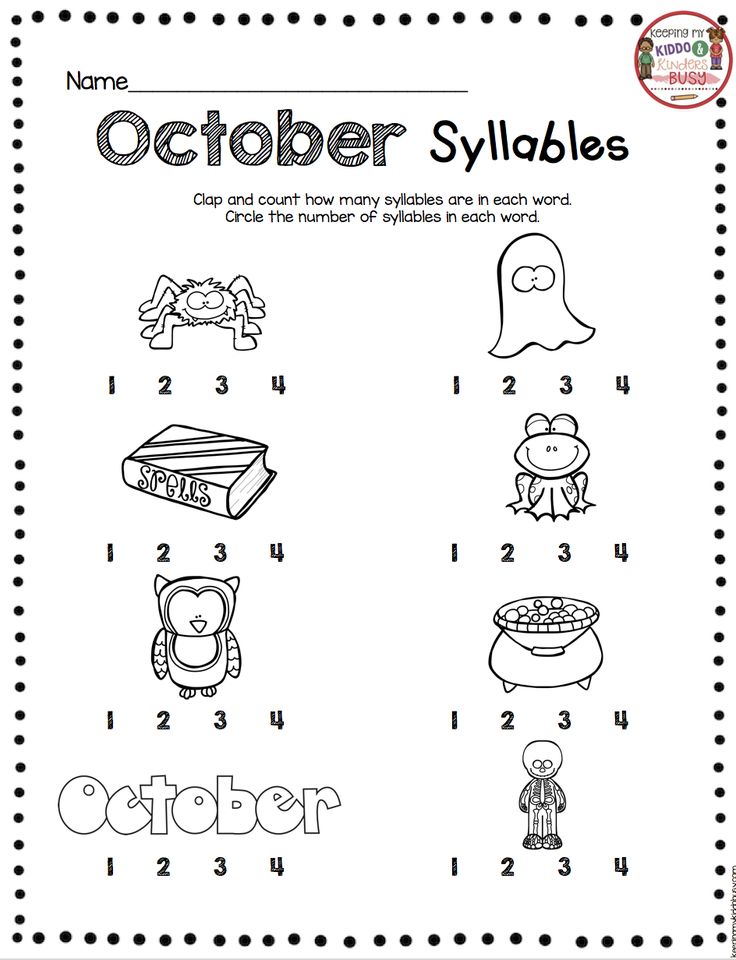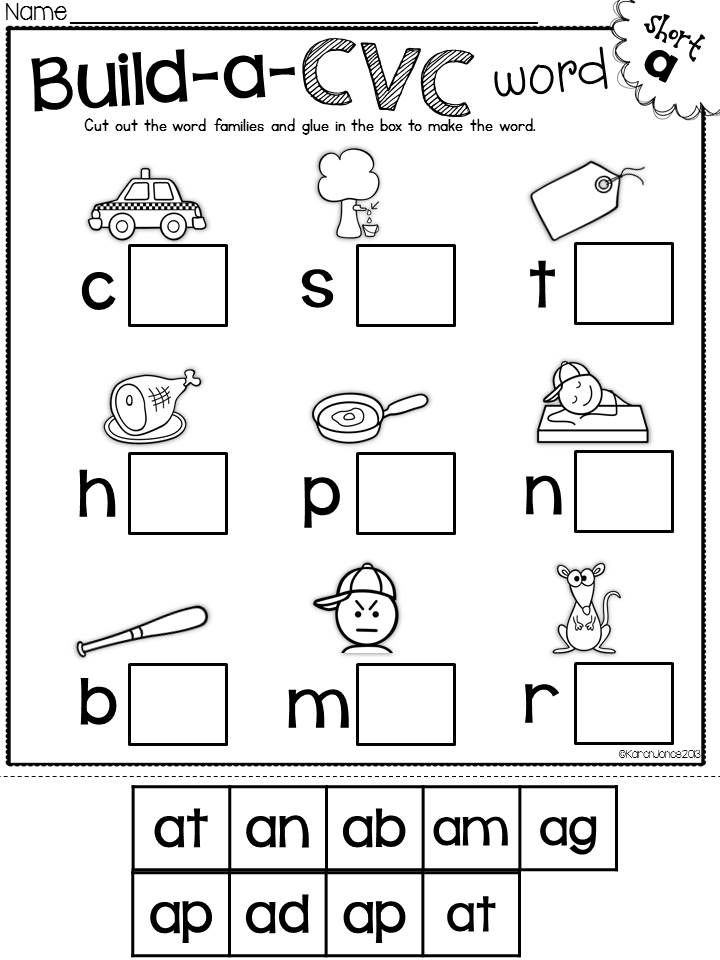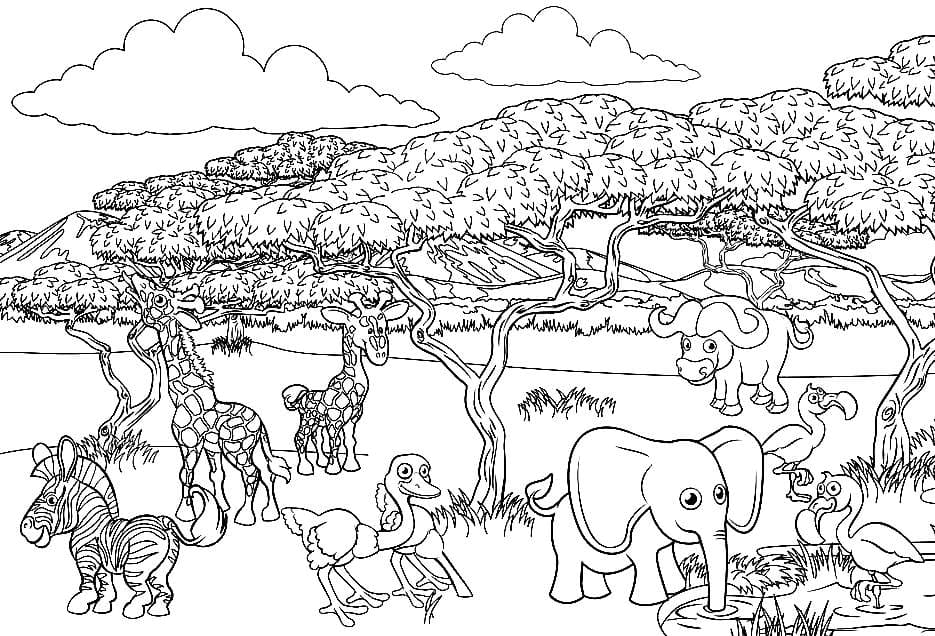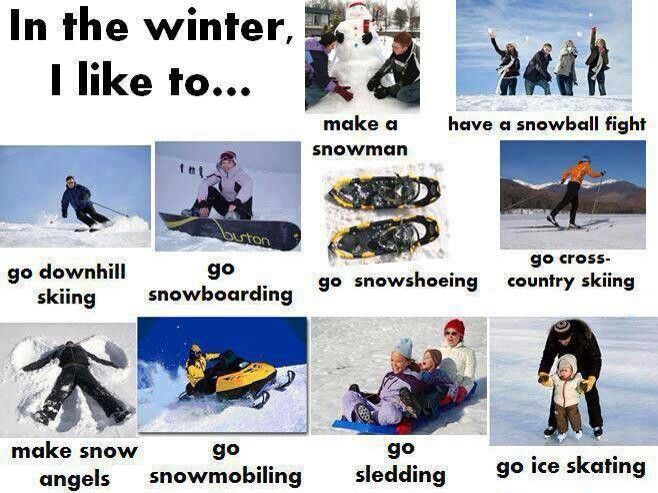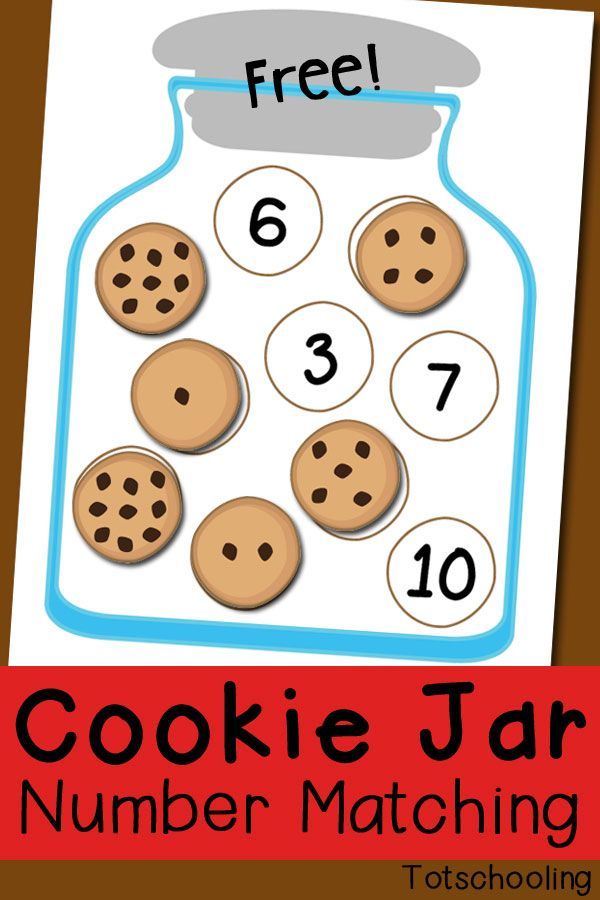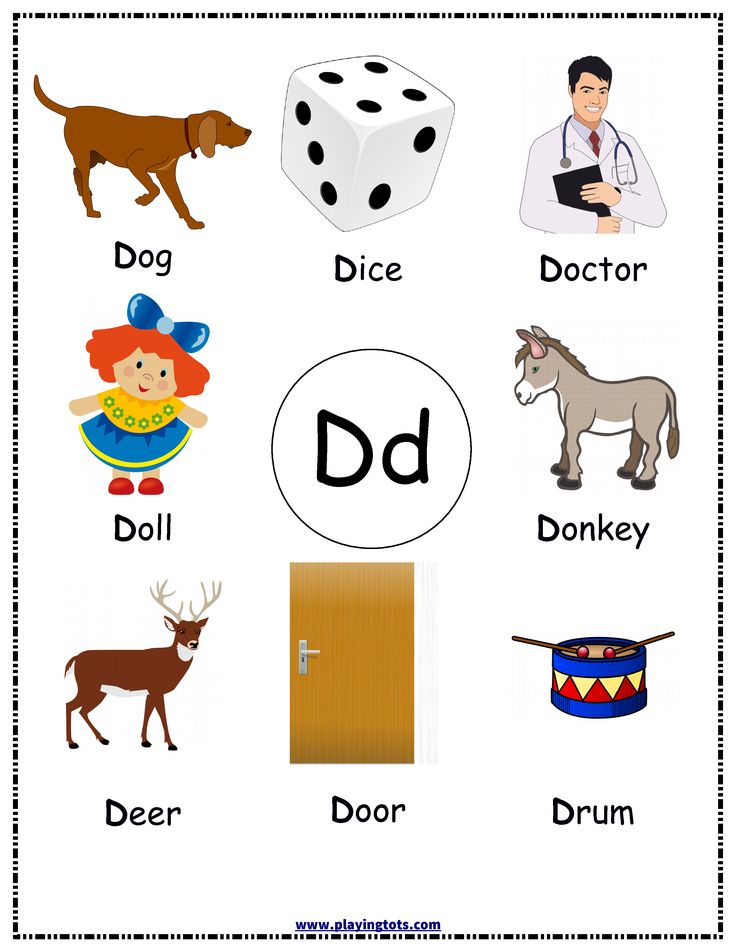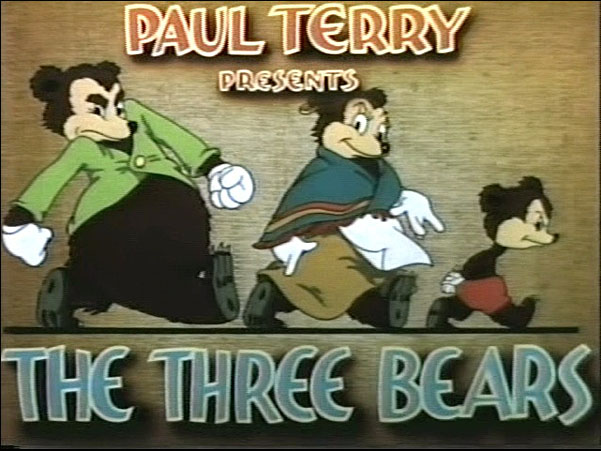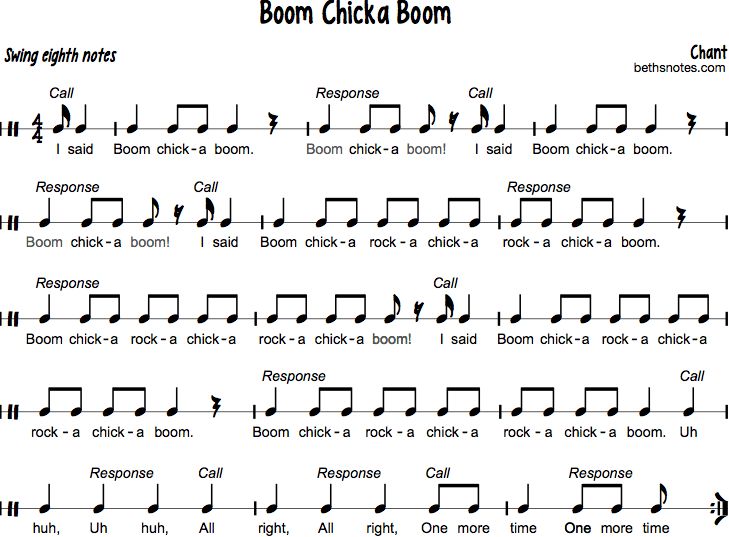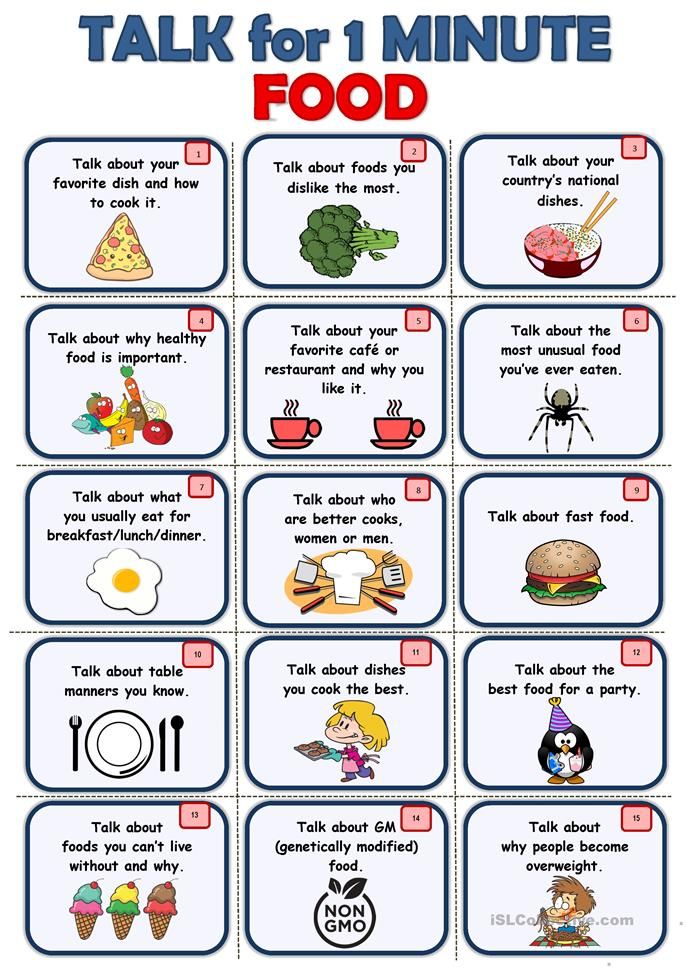Teaching syllables to kindergarteners
Expert Tips And Activities For Helping Kids Understand Syllables
Do you remember when you first learned about syllables? Most people will answer “no” to this question, and that’s understandable — it was a very long time ago!
Regardless of how long ago it was, understanding syllables has played a significant role in helping you read and write more proficiently. And now that your child is on their journey of learning about syllables, you may want to know how you can help.
This article will share what you need to know about helping your child understand syllables so that they can master this simple yet effective learning curve.
What Is A Syllable?
The dictionary describes a syllable as “an uninterrupted segment of speech consisting of a vowel sound, a diphthong, or a syllabic consonant, with or without preceding or following consonant sounds.”
In much simpler terms, we can describe a syllable as always having one (and only one) vowel sound. Quite often, this vowel sound is accompanied by consonants.
For example, the word bat is a one-syllable word, as you would expect because of its length. But it’s important to note here that the length of a word has nothing to do with how many syllables it has.
The word straight, for instance, has only one syllable since aigh makes the long A sound and that is the only vowel sound in the word. On the other hand, a shorter word — such as over — can have more than one syllable.
It’s also important to note that there are six types of syllables: open, closed, silent E, vowel pair, R-controlled, and final stable. Your child will start learning more about the different types of syllables in elementary school.
For now, understanding the basic elements of a syllable is what matters. This comprehension will help children as they get older and come across more complex words.
Why Is Understanding Syllables Important?
Now that we’re on the same page about what syllables are, let’s focus on why they are so important.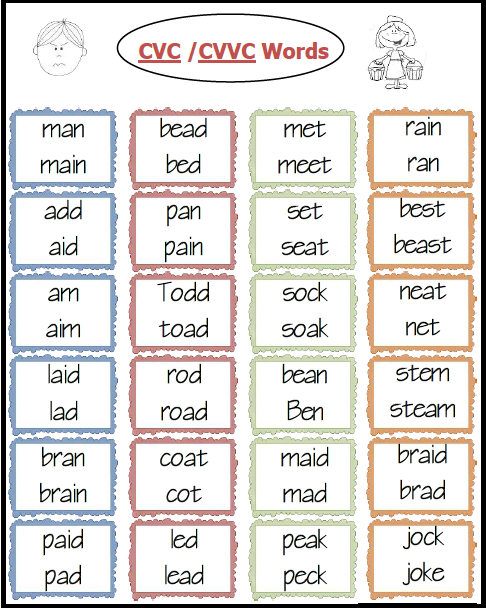
In a nutshell, learning syllables:
- Helps speed the process of decoding words
- Helps with accurate and fluent reading
- Helps with spelling
As children move from learning basic words to compound words with two syllables (e.g., railroad, pancake, etc.), understanding syllables can help them decode and blend them more quickly.
After all, it’s much easier to read an unfamiliar word in chunks than to read it as one continuous string.
Additionally, breaking a long word down into pieces makes it much easier to spell it correctly, rather than trying to remember each and every letter in the word and the correct sequence.
How To Help Kids Understand Syllables
Before we get into the activities that can help you teach your child about counting syllables, there are a few points we’d like to mention. Let’s take a look!
1) Think Of Syllables As “Chunks” Of A Word
With multi-syllable words, helping your child focus on the “chunks” rather than every letter of a long word will make grasping syllables much easier.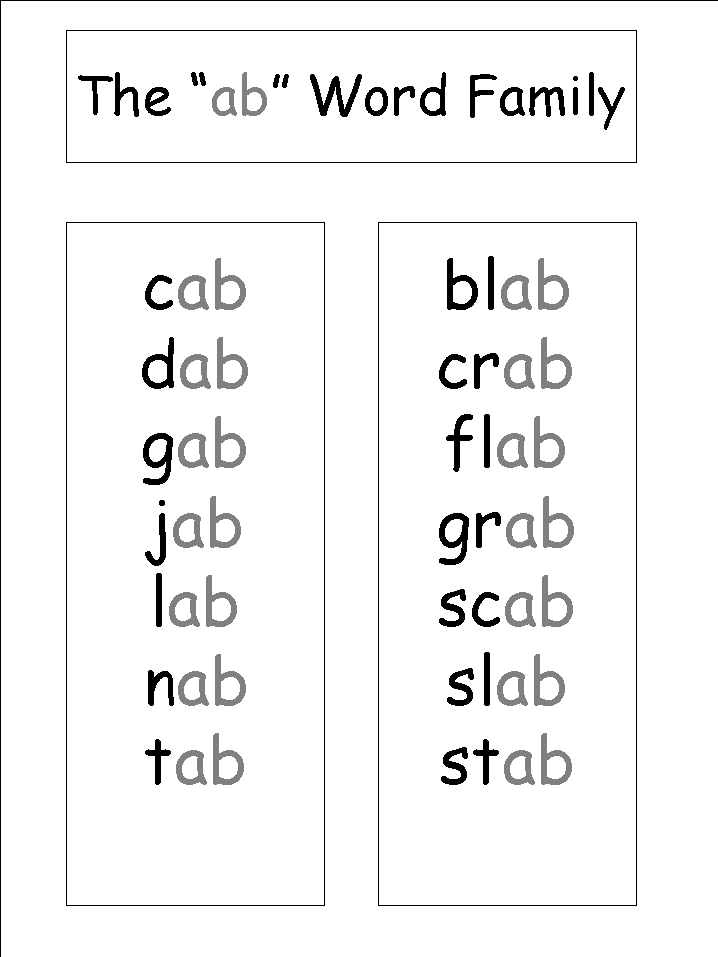
Breaking a longer word into pieces is an effective reading strategy that can help your child improve their reading speed and comprehension. It’s a strategy you likely use without even thinking about it anymore.
For example, if you see a long word, such as uncomplicated, your brain automatically applies what you know about syllables to make reading it a breeze.
You know that there’s a prefix (un) and a suffix (ed). Once you remove those chunks, you can easily break the remaining letters down into even smaller pieces: comp, li, cat. And you know that the A in that final syllable is long even though it looks like the word cat.
Then, your brain puts everything together again like this: un-comp-li-cat-ed. While it sounds like a hard process when you see it written out, all of this goes on behind the scenes in your mind. You no longer have to stop and decode every single word. It’s automatic.
And that’s the goal of this process: to help kids learn how to automatically break words down into pieces that are easier to read.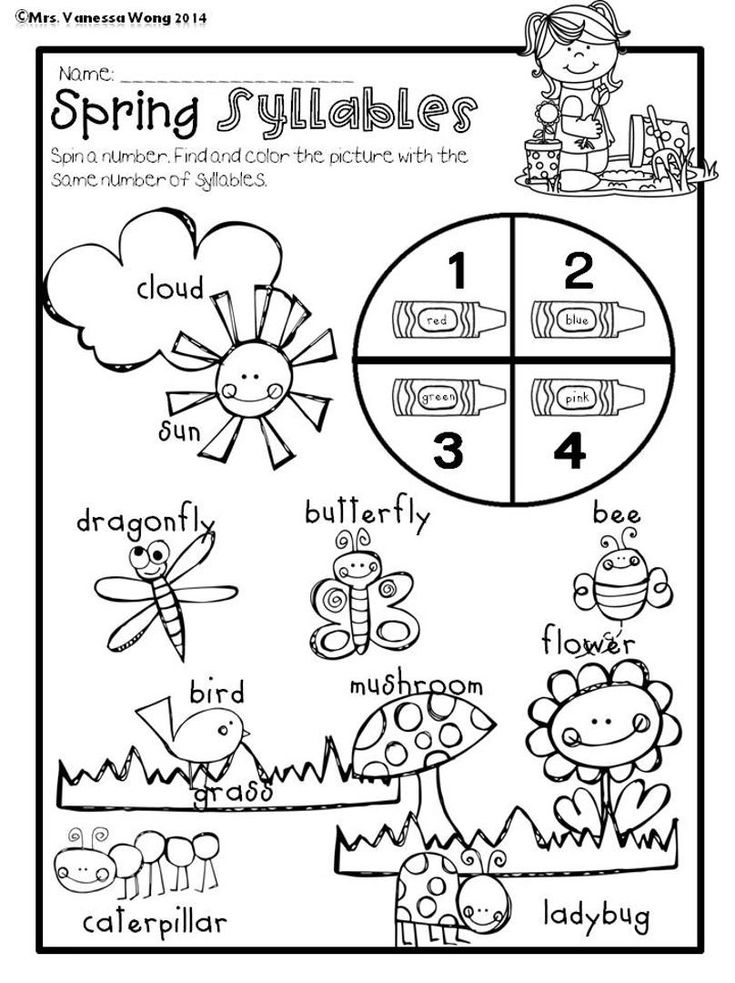
Of course, it won’t happen overnight. It’ll take years of learning and practicing. But each time you work on it together, you’re helping build a solid reading foundation.
2) Focus On The Vowel Sounds
A syllable only has one vowel sound. This means it doesn’t matter how many letters there are in the syllable. It also doesn’t matter how many vowels a syllable may have. The vowel sound produced is the real focus.
The first words your child reads will likely be short-vowel, one-syllable words, such as:
- Cat
- Fan
- Map
- Flag
- Clap
These words have only one vowel sound — often in the middle of the word — and are taught early on.
However, it won’t be long before your child will be reading words with multiple vowel sounds, such as:
- Paper
- Freedom
You have the letter A in the word paper, making the long A sound. Then, at the end, you find the vowel E being bossed around by the letter R to make the er sound.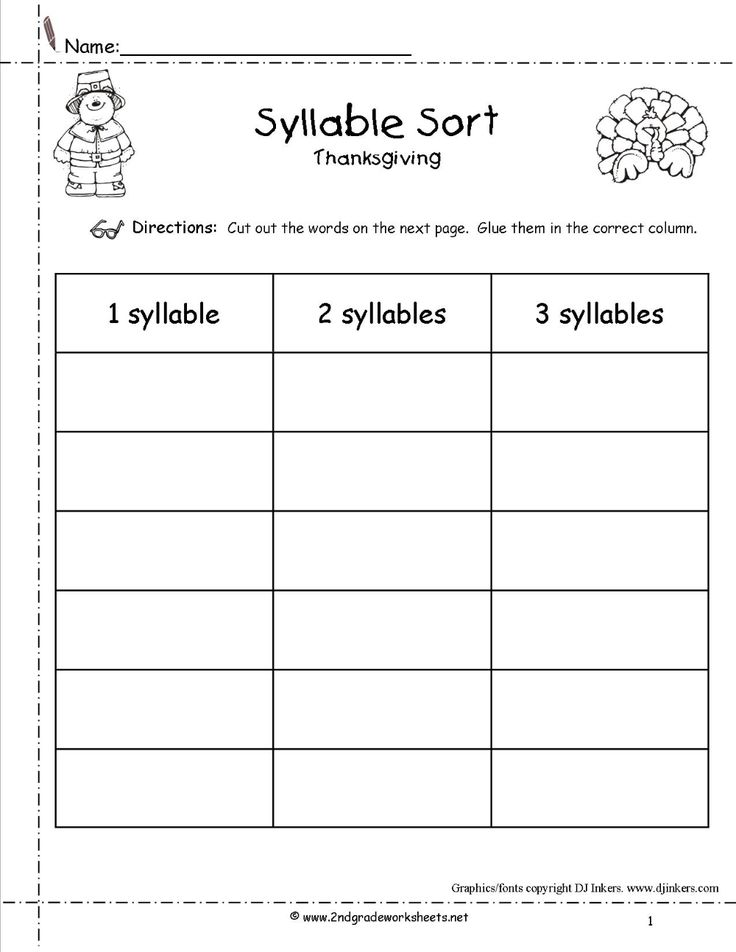 That means there are two different vowel sounds in this word.
That means there are two different vowel sounds in this word.
If you count the vowels in the word freedom, you’ll find three vowels — two E’s and an O. However, since the two E’s work together to make a single vowel team, there are only two vowel sounds in this word.
Having a better understanding of how vowel sounds work will give your child the decoding skills they need to tackle multisyllabic words confidently in the future.
3) Continue Helping Them Develop Their Reading Skills
Reading is one of the core subjects in Homer’s early learning program. Why is that?
Early childhood reading provides lots of benefits, including improved vocabulary, better communication, and brain development.
In addition, the more a child reads, the more they’ll come across unfamiliar words and the more chances they’ll get to practice their syllable skills.
At this early-reading stage, it’s not important for your child to thoroughly understand the concept of syllables.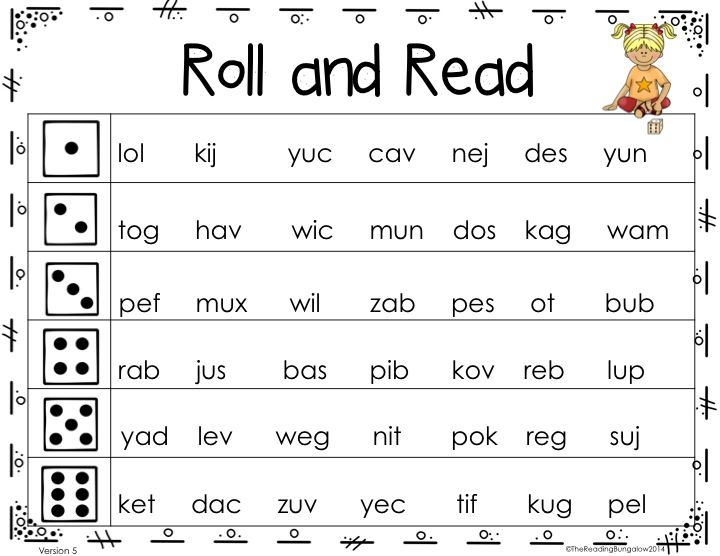 They may not be able to correctly define the word or know the differences between the types of syllables.
They may not be able to correctly define the word or know the differences between the types of syllables.
And that’s OK! Your goal right now is to simply introduce the concept.
Then, when they’re learning even more about syllables later, they’ll have the background knowledge they need to anchor their learning. They’ll think back to these fun activities you used to do together and have an “ah-ha” moment when everything clicks.
So, don’t worry if this concept seems challenging for your child right now. Just keep talking about syllables and doing these activities. Over time, you’ll help your child strengthen their reading skills.
And, since you’re doing it through play, they won’t even realize they’re learning.
8 Simple Syllable Activities
No matter what you’re working on with your child, it’s important to keep things light and fun! This helps your child stay engaged and eager to learn.
A great tactic you can use for teaching syllables in an engaging way is to start with words that already interest your child.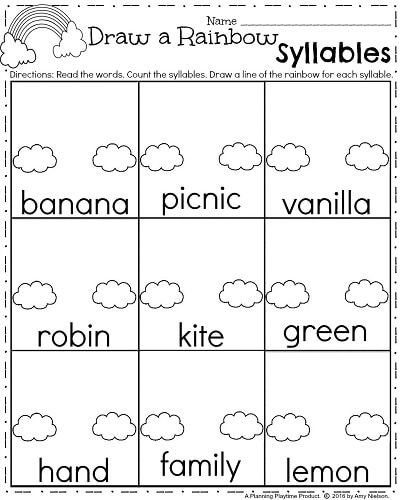 These can be the names of the family pets, their friends, their favorite foods, and so on.
These can be the names of the family pets, their friends, their favorite foods, and so on.
Here are some activities to help your young learner understand syllables while also having fun!
1) Clap Time
Associating the syllables of a word with “beats” is one of the most effective (and fun!) ways for children to grasp the concept of syllables. In this activity, your child will clap the beats of a word.
Start with simple words that your young learner will already be familiar with (mommy, daddy, apple, pizza, etc.).
When you begin, show your child how to clap the syllable: /pi/ (clap) /zza/ (clap). After demonstrating, ask them to join you as you clap the beats of other common words.
We recommend holding your hands wide apart and then making a big clap to help your child hear and see the number of syllables. Try to also have your child clap and say the syllable at the same time.
Don’t feel limited to two-syllable words for this activity. Instead, throw in some shorter, one-syllable words and longer, three or four-syllable ones.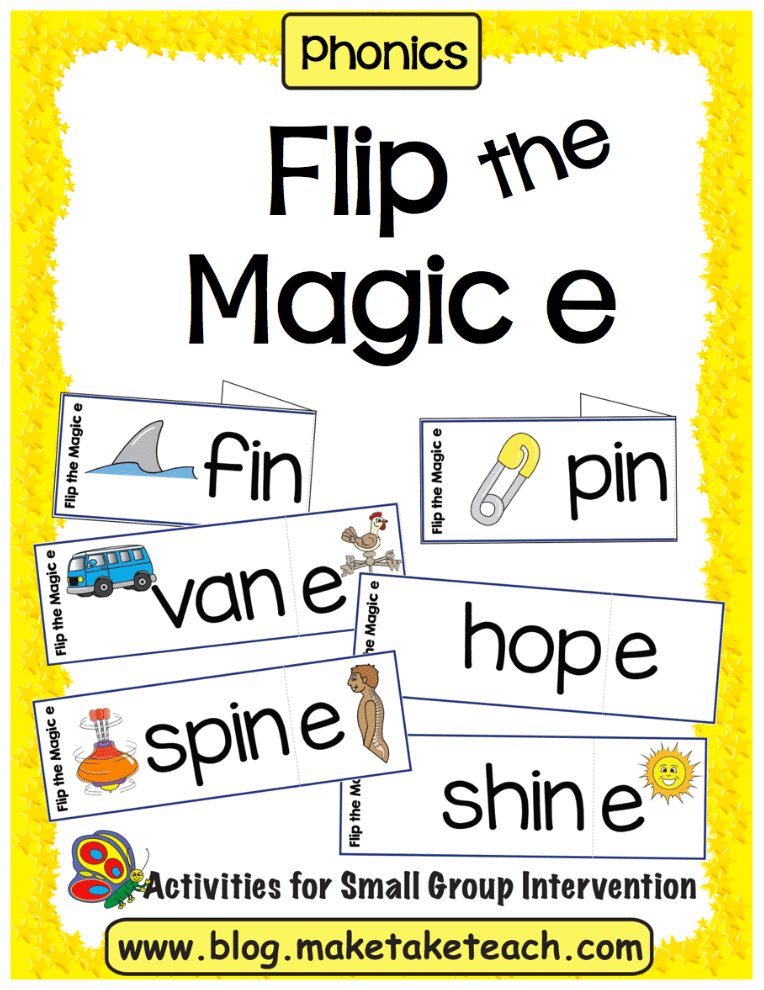 This way, your child understands that words come in all different lengths.
This way, your child understands that words come in all different lengths.
To help you mix things up, here are a few common words you can clap with your child, broken down by the number of syllables.
Single-Syllable Words:
- Tree
- Sign
- Book
- Shirt
- Shoe
Two-Syllable Words:
- Toybox
- Mountain
- Freeway
- Sweatshirt
- Toenails
Three-Syllable Words:
- Vacation
- Celebrate
- Afternoon
- Computer
Four-Syllable Words:
- Calculator
- Avocado
- Television
- Cauliflower
- California
Throughout the day, pick a couple of words to clap the beats of. This way, it becomes second nature for your child to think about the syllables in a variety of words.
2) Syllable Stomp
Sometimes we all make the mistake of thinking that learning should only take place with a child seated formally in front of a desk and listening attentively to your instructions.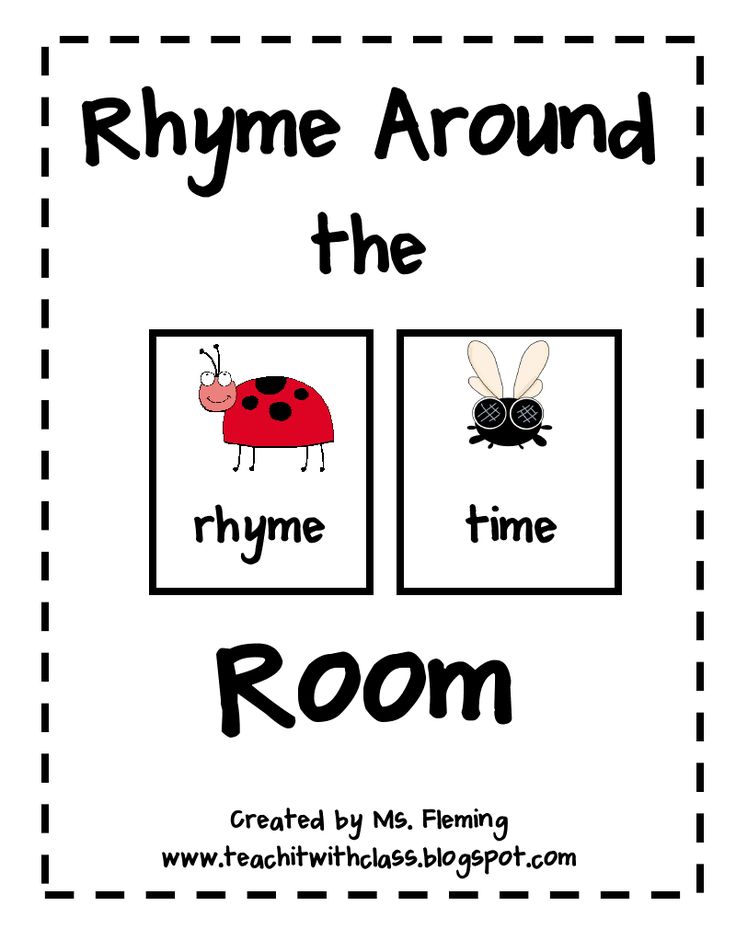 But that’s not always the case, especially with younger children.
But that’s not always the case, especially with younger children.
Most kids love to get up and move. So why not use their endless energy to help them learn more about syllables?
This game works similarly to the previously mentioned one. However, instead of clapping each syllable, your young learner will be stomping the ground for each syllable they say in a word. The louder the stomp, the better!
3) Mark The Paper
For this activity, all you need is a marker (or pencil or crayon, whatever you prefer!) and a sheet of paper.
Hand your child the marker and place the sheet of paper on a table in front of them. Choose a word, and then encourage your young learner to press the marker on the paper every time they hear a syllable.
When they are done, they can count the number of marks on the paper to see how many syllables are in the word.
4) Hum The Word
Humming is a simple yet fun and effective way to teach your child about syllables. To get started, ask your child to close their mouth and hum a word. After that, have them count the distinct hums they made.
After that, have them count the distinct hums they made.
If your child has trouble with this, have them say the word aloud before they try humming it. You can also hum the word first and ask them to copy you. This modeling can give them the confidence they need to hum words on their own.
5) Robot Talk
“Speaking robot” is more than just fun and games. It can also help your young learner count the syllables of a word!
Have your child pretend to be a robot while talking. This will mean speaking in a very unnaturally stiff and stilted manner. As they say a word in “robot talk,” it is easy to count the syllables.
Really get into it by making a robot costume out of cardboard boxes for the occasion. Pretend play and learning time combined? Yes, please!
6) Hunt And Hop
Look around your home for a few simple items you can hide for your child to find. Try to pick objects with a different number of syllables.
Here are a few ideas:
- Key
- Jacket
- Potato
- Calculator
Once you hide them, ask your child to find one.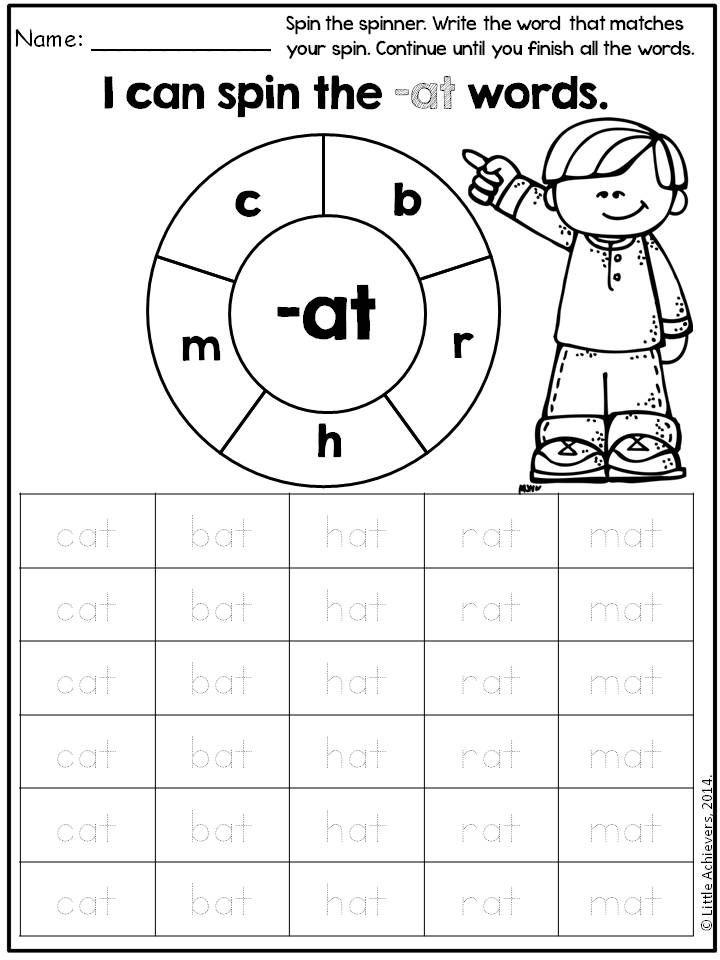 For example, you can say, “Can you find the potato?” Let your child look around the room, hunting for the object you name.
For example, you can say, “Can you find the potato?” Let your child look around the room, hunting for the object you name.
Ask your child to say the word when the hidden item is found. Then, have them hop the number of syllables. For example, if your child found a potato, they’d jump three times.
Next, ask them to find another object. Continue until everything you’ve hidden has been found. Then, review the syllables once more. Have your child hop the right number of times for each object that you hid.
7) Jaw-Dropping Fun
By now, we’ve established that each syllable has one vowel sound. Our mouths need to open to help us make that vowel sound. This makes counting “jaw drops” the perfect opportunity to count syllables.
Have your child place their hand under their chin and then count the number of times their jaw drops as they say a word. Those are the syllables!
If your child is having trouble with this, have them look in a mirror while they play. First, ask them to watch their mouth carefully while they say a word.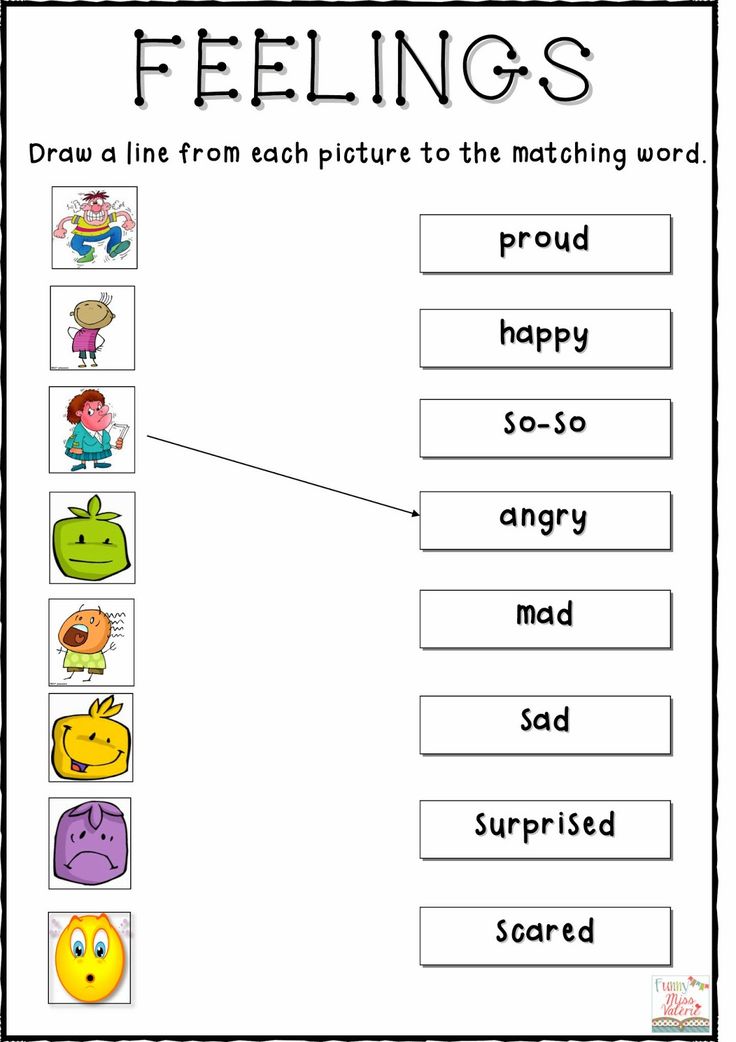 Then, gently put your finger on their jaw. Finally, ask them to say a word.
Then, gently put your finger on their jaw. Finally, ask them to say a word.
As their mouth opens and closes, count each jaw drop aloud. Next, have your child put their hand where yours is. Once they understand what action they’re counting, they’ll be able to do this activity more independently.
8) Syllable Mix-Up
This fun game will help your child concentrate on unmixing syllables to make a word.
All you need to do is mix up the syllable order of a word and then encourage your child to unmix it. For instance, you can say /corn/pop. Then ask them what word you’re trying to make. They would answer “popcorn.”
As your child gets older and more comfortable with syllables, you can introduce harder words with three or more syllables. For example, /phant/e/el — elephant!
Once your child understands how to unmix the syllables, this is a fun, educational game to play in the car. Since it doesn’t require any materials, you can play it wherever you are.
You can give your child a mixed-up word, and then they can give you one to figure out. Take turns mixing and unmixing words until you arrive at your destination or you both get tired of the game.
Take turns mixing and unmixing words until you arrive at your destination or you both get tired of the game.
Use the things around you in the car and on the road as ideas for words to mix up.
9) What’s My Word?
Say a word with three, four, or more syllables but leave gaps in between each syllable. For example, you can say /com/ /pu/ /ter. Your child would then put the syllables together to form the word.
You can also extend this game by beginning a word and having your child try to complete it. For instance, /re/ /frig/ /er/…and your child would add “/a/tor!”
If you notice your child missing a syllable when they complete your word, don’t worry. Sometimes, they’re so busy focusing on syllables they don’t have enough mental energy left to think about the word.
Simply repeat the word and add the correct syllables to the end if this happens. Then, ask your child to say what you said. You can try it again later with a more familiar word to see if that helps.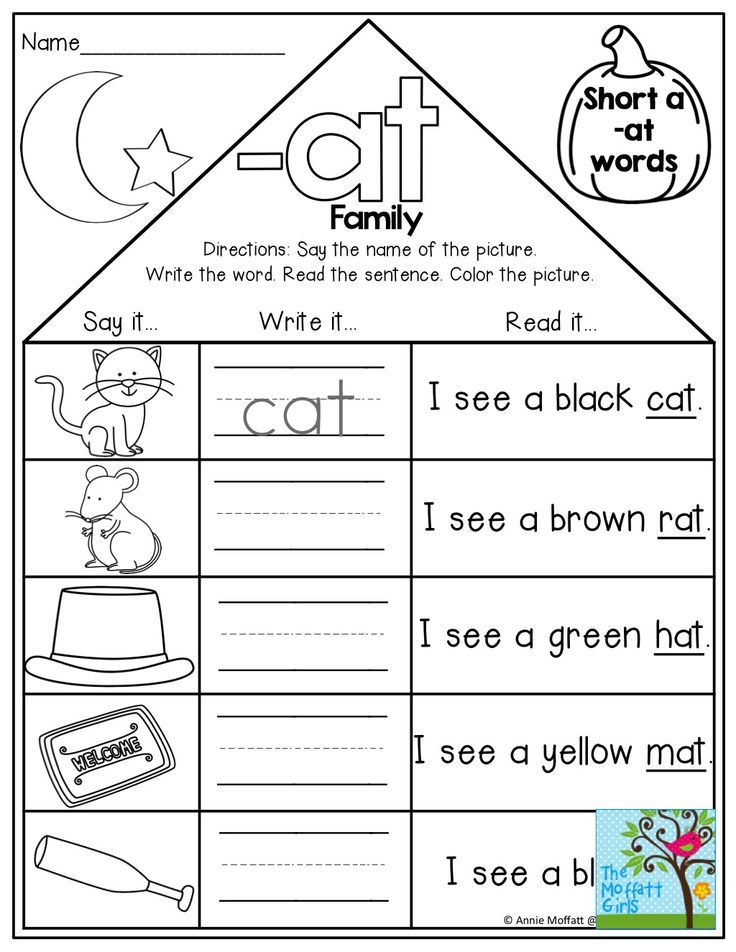
10) Syllable I Spy
You can also incorporate syllables into familiar childhood games, such as “I Spy.”
To play this game, look around the room and pick an object you’d like your child to find. Then say, “I spy with my little eye something with two syllables.”
As your child guesses, you can reinforce their syllable knowledge. For instance, if they name something with only one syllable, you can say, “That is a good guess, but that word only has one syllable. I’m thinking of something with two syllables.”
If they pick something with two syllables that isn’t the item you’ve selected, you can say, “That’s a great guess. You picked a word with two syllables. But it wasn’t the word I was thinking about. Can you find another item with two syllables?”
Because there can be a lot of things in a single room, it may be helpful to give your child a hint or two after they make an incorrect guess. Is the item brown, or is it made of wood, etc.?
Once they’ve correctly guessed your item, switch roles.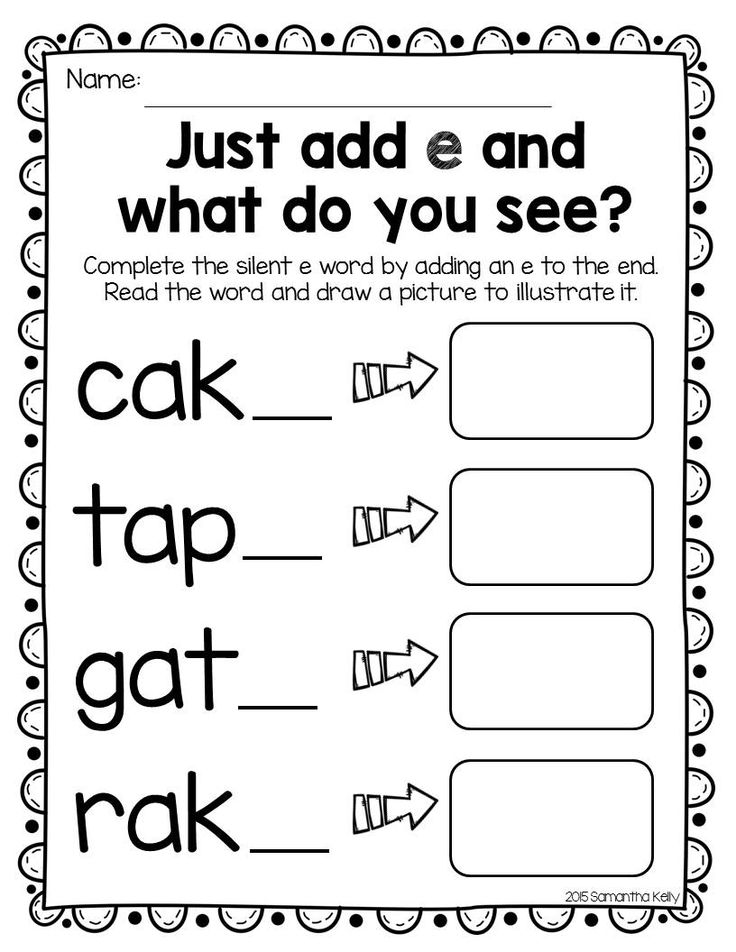 Have them pick something and tell you how many syllables the item they’re thinking of has. Then, you try to guess.
Have them pick something and tell you how many syllables the item they’re thinking of has. Then, you try to guess.
11) Syllable Sort
Ask your child to go around the house and gather several small items. Have them place the items on a table or another flat, level surface.
While your child is off collecting things, gather two pieces of printer paper. On one of them, write “1 Syllable.” On the other piece, write “2 Syllables.”
Once your child returns, show them the papers you prepared. Point to the number on each so your child can see the difference between them. Ask your child to select one item they found and say what it is. Then, repeat the word. Ask, “How many syllables is in this word?”
Next, have them place the item on the corresponding piece of paper. So, if it’s a one-syllable word, it would go on the “1 Syllable” paper.
Continue talking about each object and sorting them. When everything is sorted, ask your child to name the objects with one syllable and then those with two syllables.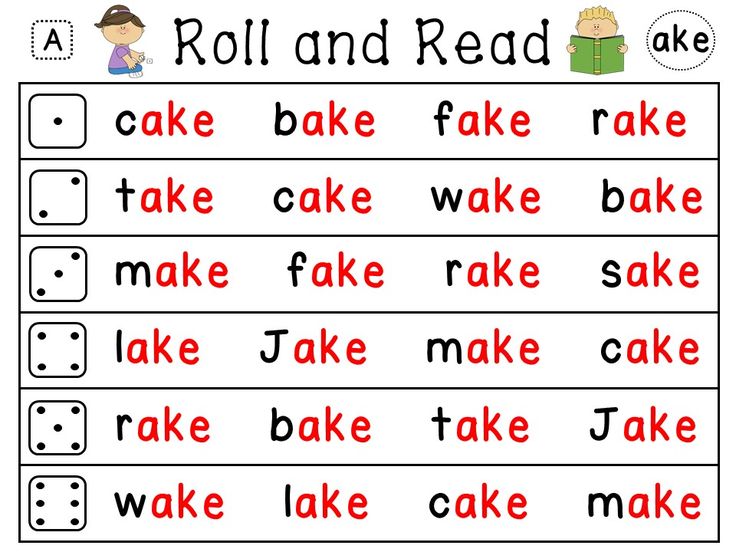 Keep going until everything has been named.
Keep going until everything has been named.
Once you’re done playing, you can ask your child to put the objects away by syllable count, too. For example, have them take all of the one-syllable items and put them where they belong. Repeat this process until everything is put away.
Make Learning Syllables Fun With HOMER
There are plenty of ways to help your child understand syllables. Whichever activity you choose, remember to make it fun and have patience as your child continues learning new concepts.
For more at-home activities to help your child learn to read, check out the HOMER Learn & Grow app, which is perfect for kids two to eight years old and makes learning fun, convenient, and effective. Just 15 minutes a day is proven to increase early reading scores by 74%!
Author
How to Teach Syllables in Kindergarten
Most Kindergarten teachers will teach or practice syllables with their students at some point in the year. Usually, a syllable activity just involves counting how many syllables are in the word. However, there is so much more that goes into teaching syllables than just counting the number of syllables. Here's how to teach syllables in Kindergarten effectively.
Usually, a syllable activity just involves counting how many syllables are in the word. However, there is so much more that goes into teaching syllables than just counting the number of syllables. Here's how to teach syllables in Kindergarten effectively.
What are syllables?
A syllable is a single, unbroken sound of a word found in the English language. They are not to be confused with phonemes, which are the smallest unit of sound. Syllables are formed by adding vowels and consonants together. Some words are monosyllabic, meaning they only have one syllable, such as “pig” “catch”, or “time”. Other words are multi-syllabic, meaning they have 2 or more syllables, such as “rainbow”, “jellyfish”, or “elevator”.
Now, you are teaching Kindergarten, and using terms like monosyllabic and multisyllabic may be hard for a student to understand, let alone say correctly. When teaching syllables, I often refer to them as “chunks” in a word.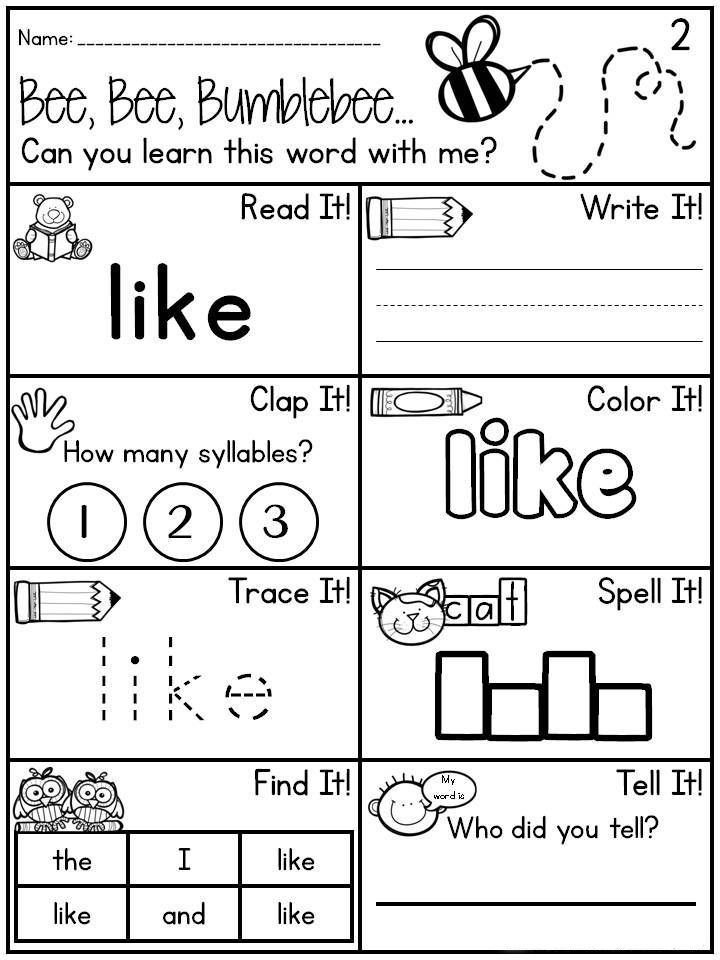
What is the progression of syllables skills you should teach?
In Kindergarten, it is important to build your student's phonological and phonemic awareness, as it is a key factor in students becoming successful readers and writers. In this blog post here, All About Phonological Awareness, I describe the different terms and how to teach each phonological awareness skill.
How do you teach syllables?
When teaching syllables, you will do it mostly orally, especially in Kindergarten. The first way to practice is with oral blending. You will say the syllables in a word, like “sand” “which” and have the students blend them together. I typically start with compound words, then add on other 2, 3, 4 syllable words.
The next skill you can add is oral segmentation. You will say the full word, like “turtle”, and then students will break apart the word by syllable, “tur” “tle”. When practicing oral segmentation, I have my students count the syllables as they are breaking the word apart.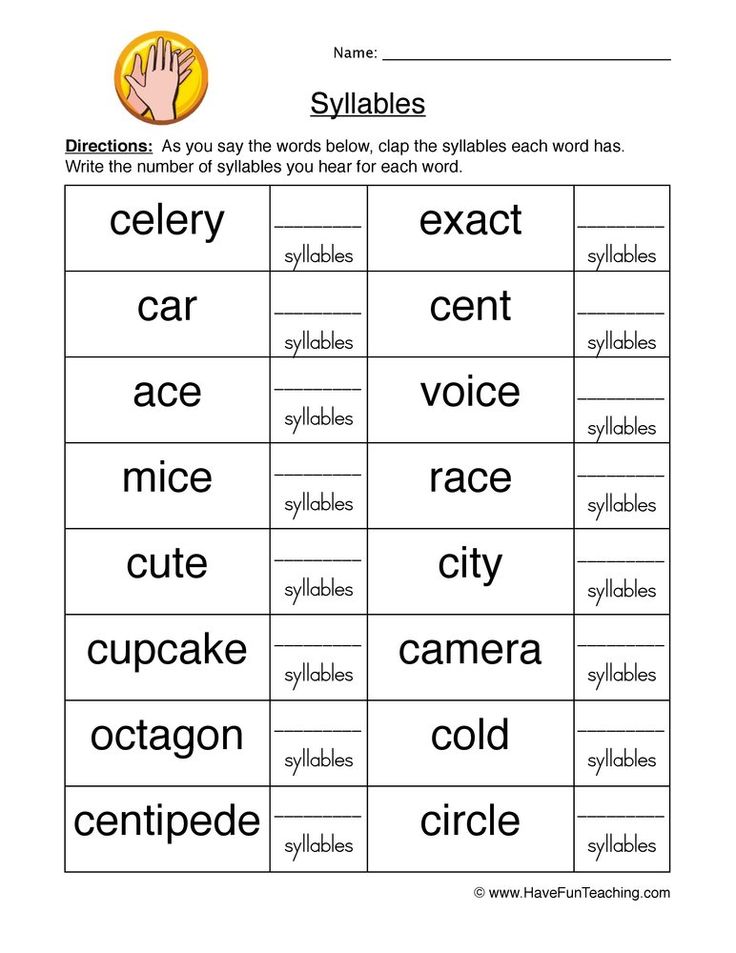 For example, I would say, “butterfly”, we would count out how many syllables using our fingers, “but” “ter” “fly” and hold up 3 fingers to represent 3 syllable sounds. This skill will come in handy once students are ready and able to spell longer words.
For example, I would say, “butterfly”, we would count out how many syllables using our fingers, “but” “ter” “fly” and hold up 3 fingers to represent 3 syllable sounds. This skill will come in handy once students are ready and able to spell longer words.
The final skill to practice syllables is syllable deletion. You will say a multisyllabic word, like “window”, then have students take out “win” and say just what's left of the word “dow”. This skill is the most difficult, so if you do not teach it explicitly in Kindergarten, that's okay. The first two are the ones you should be focusing on throughout the year.
If you need “done-for-you” lessons to help you teach syllables, you can check out my Syllables Phonics Mini Unit here. It includes 2 weeks of oral syllable practice, lessons, centers, worksheets, and more.
Check out these engaging and hands-on syllable activities here: 3 Hands-On Syllable Activity Ideas
Learning to read sentences. Texts for teaching reading to preschoolers with pictures, reading assignments We add sentences for children
How to teach a child to read sentences in a playful way? Suppose he has already mastered the game with letters and learned to read individual words in warehouses or syllables.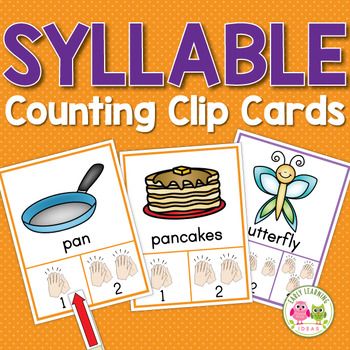 Formally, the kid seems to know how to read.
Formally, the kid seems to know how to read.
Books for the little ones
But we learn to read for a very specific purpose: getting information. Therefore, sooner or later it is necessary to move on to reading sentences. Do not artificially detain the child at the previous stage. Let's move on to reading books.
At this stage, we need a lot of baby books. You can buy them (like the My First Books series). But what is available in bookstores will not be enough. In addition, these books will be useful for a very short time. Expensive for money.
Homemade books
Some mothers make homemade books, which is time consuming. It takes a lot of time and effort to make them, even for such simple books, and the child also uses them for a short time. There are many very beautiful books made of felt, papier-mâché and other interesting materials on the Internet. But our task is to learn to read, not to entertain the baby. The book should be simple and clear, focused on the case.
Texts with pictures
Texts with pictures can be found on the Internet. Like the one below. But often this is a poor quality print. And most are simply not suited for early learning to read.
Drawing short stories
Some teachers suggest drawing all sorts of stories, writing down at the same time the words that the child will read as the story is drawn. This is probably the most inexpensive way.
How is it done?
- Take a notebook and a pencil (pen, marker). At first, we take a sketchbook because of its dense sheets. We will write history on it.
- You can retell a well-known (for example, a fairy tale) or come up with your own. The second option is more interesting, because you can invent a story as you draw. In addition, we use topics within the interests of the child: the boy loves cars, let the texts be about them.
- We draw and tell. We do not pronounce some words, but write them, inviting the child to read them on their own.
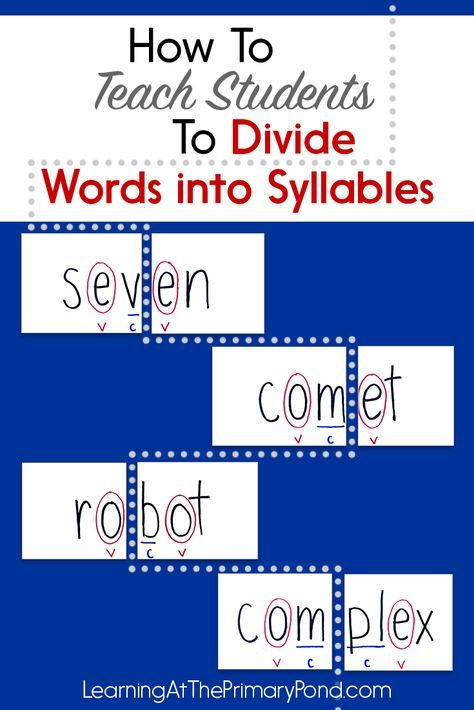 First, these are separate words, phrases, and then whole sentences or even several (2-3) sentences.
First, these are separate words, phrases, and then whole sentences or even several (2-3) sentences.
Once upon a time there was a girl Marusya . She had a doll Ira . Marusya went to school every day . A doll was waiting for her return. One day doll got bored . She decided to go to guests . Looked around, sees car . Approached Ira to the car and asked to take her to the bear cub Misha who lived in the next room. Machine agreed. On the way they stopped at store and bought candy ...
We write the highlighted words, and the child reads. Such stories can be developed endlessly.
For a child to start reading sentences, more than a dozen books will be required. And the option of drawing texts will free you from worrying where to get them. You can immediately sit down and start working. We have used this technique many times, each time convinced of its effectiveness.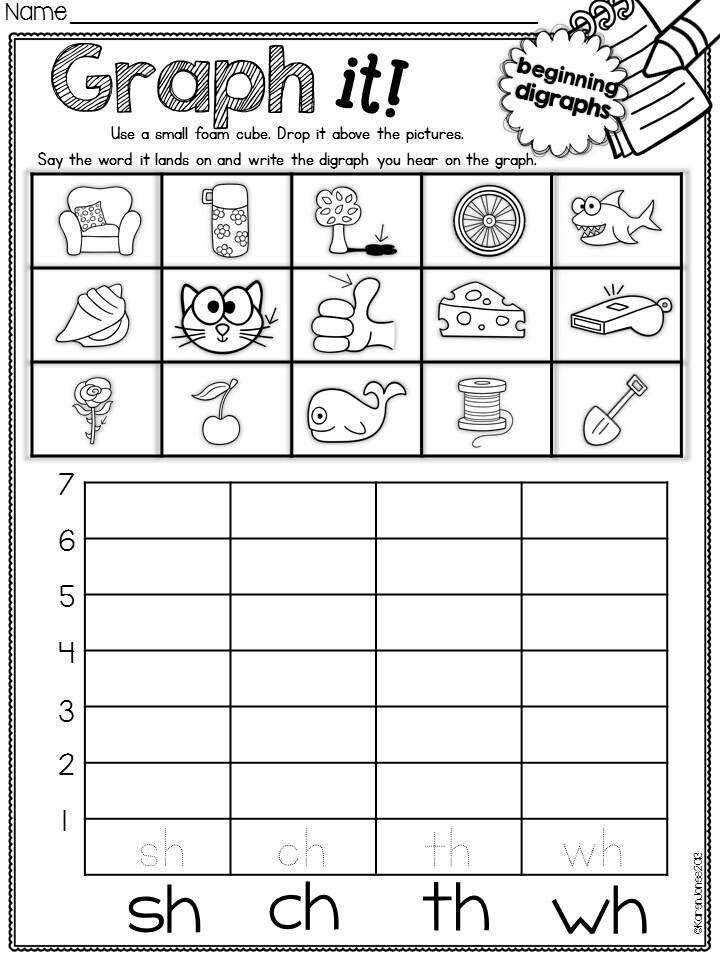 For a change, it is convenient to alternate between drawing texts and working with books.
For a change, it is convenient to alternate between drawing texts and working with books.
As they mastered reading in sentences, we gave the older children the opportunity to write short sentences for adults themselves. In this case, help in the correct spelling of words. Prescribing words, the baby learns to analyze them.
It is important that the child likes to do this, inventing different stories with his mother. Then you don't have to motivate him to read. The Non-Standard Children website wishes success to its readers.
A child who has learned to put sounds into syllables, syllables into words, and words into sentences needs to improve his reading skills through systematic training. But reading is a rather laborious and monotonous activity, and many children lose interest in it. Therefore, we offer small texts , the words in them are divided into syllables.
First read the work to the child yourself , and if it is long, you can read its beginning.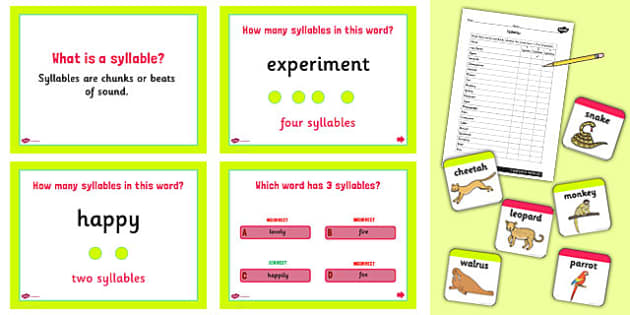 This will interest the child. Then invite him to read the text. After each work, questions are given that help the child to understand what they have read and comprehend the basic information that they have learned from the text. After discussing the text, suggest reading it again.
This will interest the child. Then invite him to read the text. After each work, questions are given that help the child to understand what they have read and comprehend the basic information that they have learned from the text. After discussing the text, suggest reading it again.
Clever Bean
Co-nya and co-ba-ka Bo-beek gu-la-li.
So-nya played-ra-la with a doll.
That's why So-nya in-be-zha-la to-my, and the doll for-would-la.
Bo-beek found a doll-lu and brought it to So-ne.
B. Korsunskaya
Answer the questions.
1. Who did Sonya walk with?
2. Where did Sonya leave the doll?
3. Who brought the doll home?
The bird made a nest on a bush. De-ti our nest-up and took off on the ground.
- Look, Vasya, three birds!
In the morning, de-ti came, and the nest-before it was empty. It would be a pity.
Answer the questions.
1. What did the children do with the nest?
2.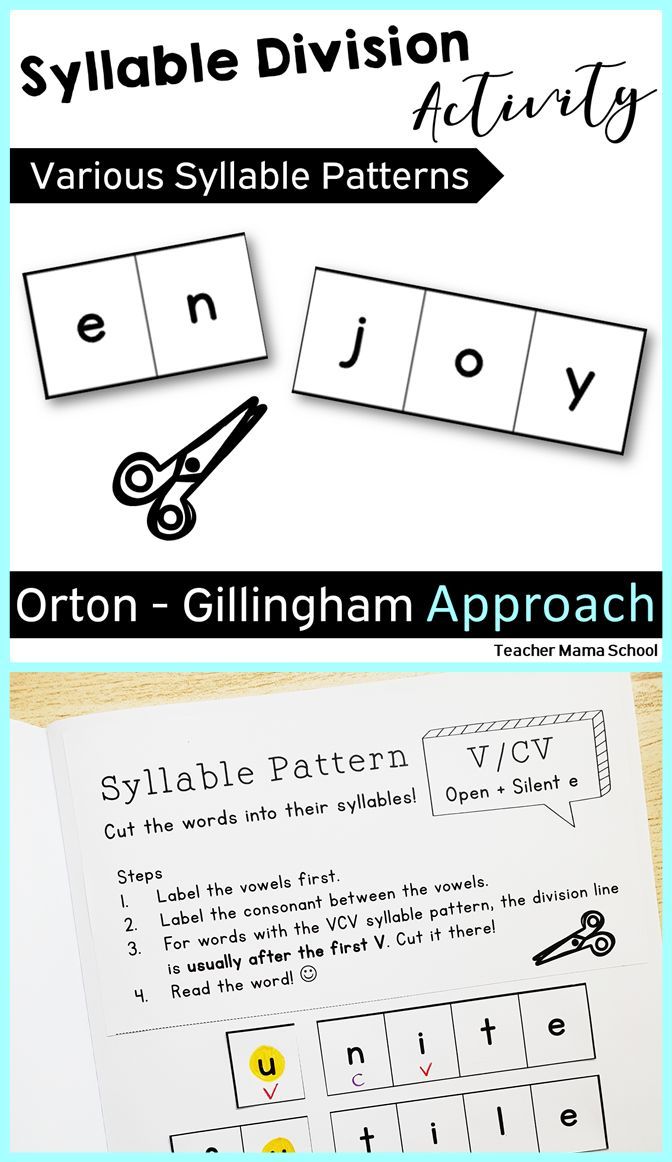 Why was the nest empty in the morning?
Why was the nest empty in the morning?
3. Did the children do well? How would you do?
4. Do you think this work is a fairy tale, a story or a poem?
Pet and Mi-shi had a horse. They began to argue: whose horse. Did they tear each other apart.
- Give me - my horse.
- No, you give me - the horse is not yours, but mine.
Mother came, took a horse, and nobody's horse became.
Answer the questions.
1. Why did Petya and Misha quarrel?
2. What did mother do?
3. Did the children play horse well? Why do you think so
?
It is advisable to show children the genre features of poems, stories and fairy tales using the example of these works.
A genre of oral fiction containing events unusual in the everyday sense (fantastic, miraculous or worldly) and distinguished by a special compositional and stylistic construction. In fairy tales there are fairy-tale characters, talking animals, unprecedented miracles happen.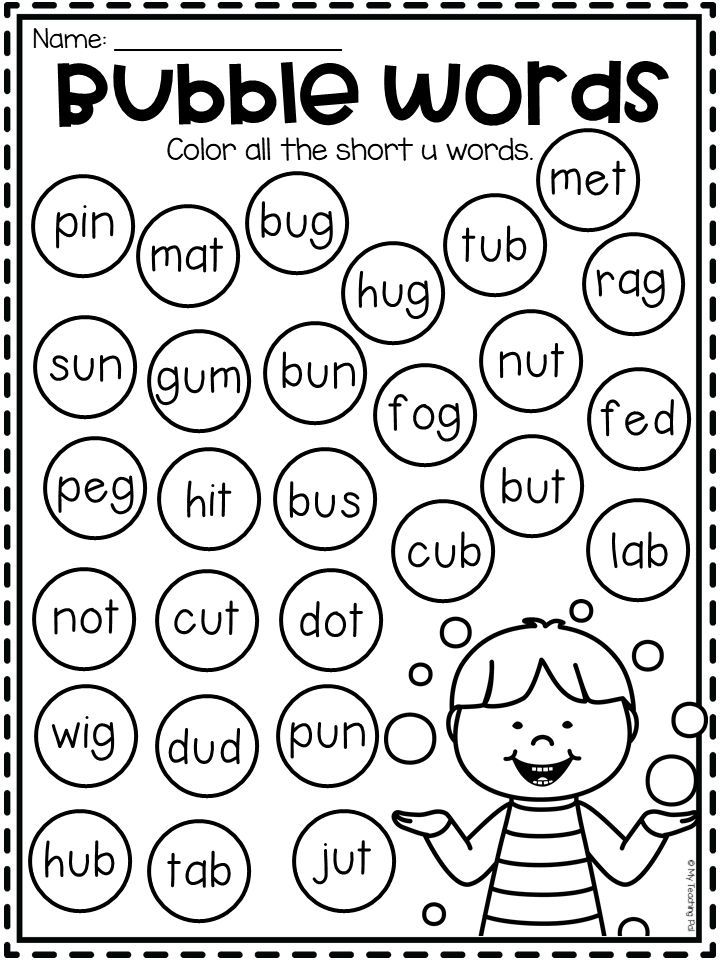
Poem - a small poetic work in verse. The verses are read smoothly and musically, they have rhythm, meter and rhyme.
Story - small literary form; a narrative work of small volume with a small number of characters and the short duration of the events depicted. The story describes a case from life, some bright event that really happened or could happen.
In order not to discourage reading, do not force him to read texts that are uninteresting and inaccessible to him. It happens that a child takes a book he knows and reads it “by heart”. Mandatory read to your child every day poems, fairy tales, stories.
Daily reading enhances emotionality, develops culture, horizons and intellect, helps to cognize human experience.
References:
Koldina D.N. I read on my own. - M.: TC Sphere, 2011. - 32 p. (Candy).
Your little one has learned the letters, actively adding syllables and small words. It's time to move on to more complex, but interesting tasks - reading texts.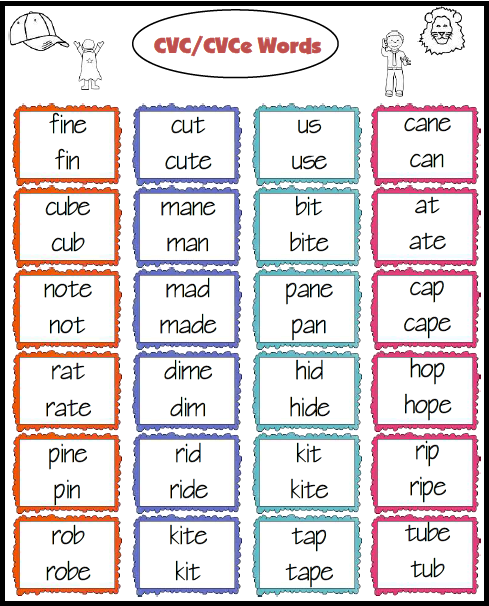 But here parents and teachers expect some difficulties. It is impossible to offer a preschooler text cards without taking into account the characteristics of age, the degree of development of the skill of syllable reading. We will tell you in our article how to choose texts for reading for preschoolers, where to find and how to correctly print texts for reading by syllables for younger and older preschoolers.
But here parents and teachers expect some difficulties. It is impossible to offer a preschooler text cards without taking into account the characteristics of age, the degree of development of the skill of syllable reading. We will tell you in our article how to choose texts for reading for preschoolers, where to find and how to correctly print texts for reading by syllables for younger and older preschoolers.
Age characteristics of preschoolers
Kindergarteners after 5 years are very active, mobile, inquisitive. They rapidly grow up, grow wiser, develop physically and mentally.
When preparing for school, parents and teachers should pay attention to the following age characteristics of children aged 4-7:
- The main need of kindergarteners is communication and games. Children ask a lot of questions to adults, themselves, peers. Learn by playing.
- The leading mental function is imagination, fantasy. This helps to show creativity.
- Emotions, impressions, positive experiences are important for further development, the desire to continue activities.
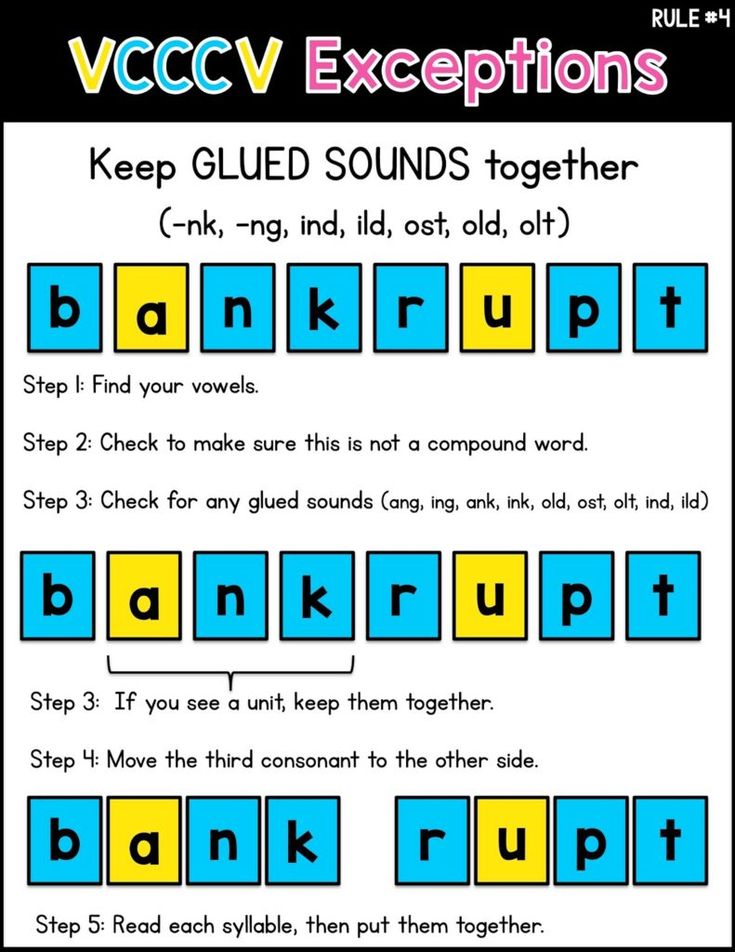 Kindergartener 5-7 years old needs praise, support, lack of comparison with other children.
Kindergartener 5-7 years old needs praise, support, lack of comparison with other children. - Cognitive processes are actively developing: attention, memory. At 5-7 years old, preschoolers can remember and analyze a large amount of information. But you need to give it in doses, trying not to overload the children's brain in one lesson.
- Speech becomes more developed. At the age of 5, the kid speaks in complex sentences, can pick up several synonyms for one word, knows a lot of poems, riddles, and several fairy tales by heart.
- Kindergartener wants to learn new things and learn. The kid is spurred on by curiosity, he is interested in everything new, unknown.
Consider the age and individual characteristics of preschoolers when choosing texts to read. In this case, the training sessions will be more effective.
How to work with texts
Reading poems, short stories for preschoolers - a new kind of work.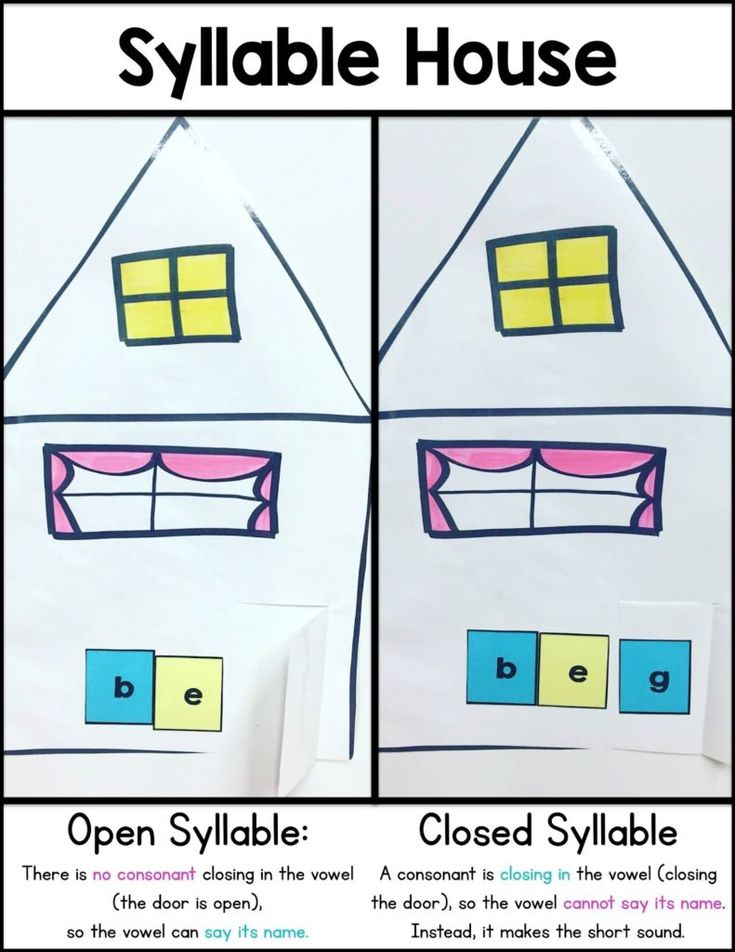 The difficulty of completing the reading task lies in the fact that the kindergartener does not always understand the meaning of the passage. To avoid this, you need to approach the choice of material and methods of its processing correctly. Build the learning process as follows:
The difficulty of completing the reading task lies in the fact that the kindergartener does not always understand the meaning of the passage. To avoid this, you need to approach the choice of material and methods of its processing correctly. Build the learning process as follows:
- Match the handouts to the student's age. For kids 4-5 years old, cards of 1-3 sentences, for older preschoolers - 4-5 sentences.
- Pay attention to the number of words in the sentences. There should be few of them. Simple texts for reading for preschoolers are easier to digest, but you can’t stay at an easy level for a long time.
- Move on to working with text cards after automating syllabic reading.
- Read in a chain in a group or together with adults in individual work.
- Do not rush the child. At the learning stage, reading comprehension is important, not the speed of reading and the amount of time spent.
Texts for children 4-5 years old
Preschoolers need special suggestion cards.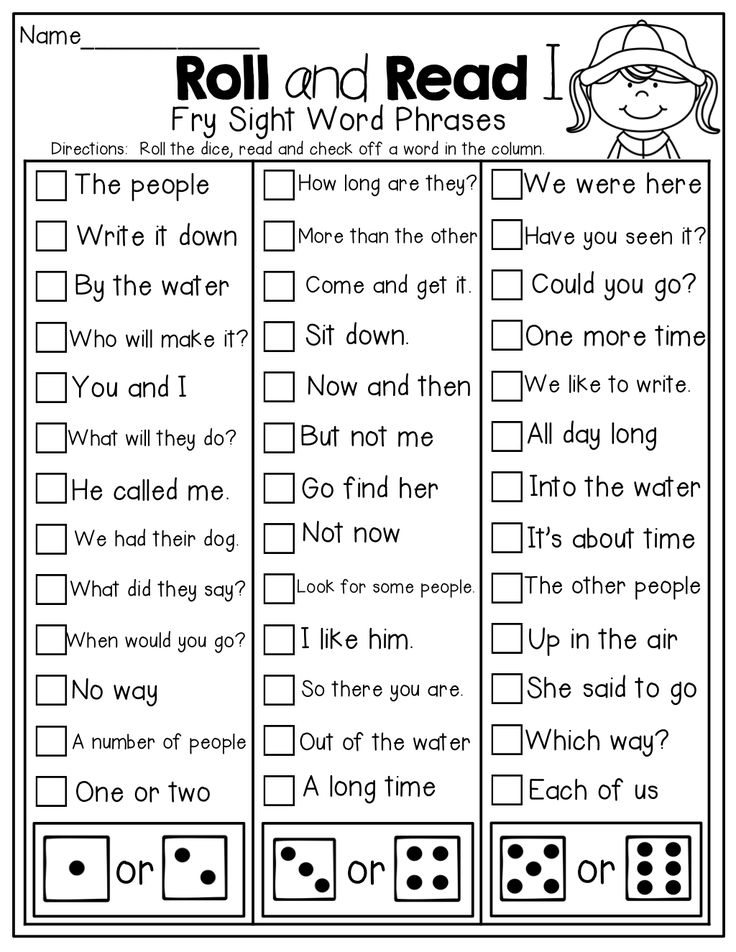 Reading by syllables for children under 5 years old is best accompanied by text with pictures. For example, coloring pages with comments. Coloring will be an additional task.
Reading by syllables for children under 5 years old is best accompanied by text with pictures. For example, coloring pages with comments. Coloring will be an additional task.
If we read by syllables for the first time, reading texts should consist of 1-2 sentences. Use small words, 1-2 syllables. Cards can be prepared independently, found on the web and printed.
For young students, it is important that there is a hyphen or other separator between syllables. Choose a font for printing material for reading by syllables at 4 years old, large, bold.
- Learning to read by syllables through working with text does not have to start after learning the entire alphabet. Find for reading to children from 5 years old and print out individual sentences from such words, which consist of learned letters. There are many of them in the Zhukova alphabet.
- At the age of 4 to 5, it is not necessary to offer children a whole fairy tale, a book. Large volumes scare kids, distract with colorful drawings on other pages.
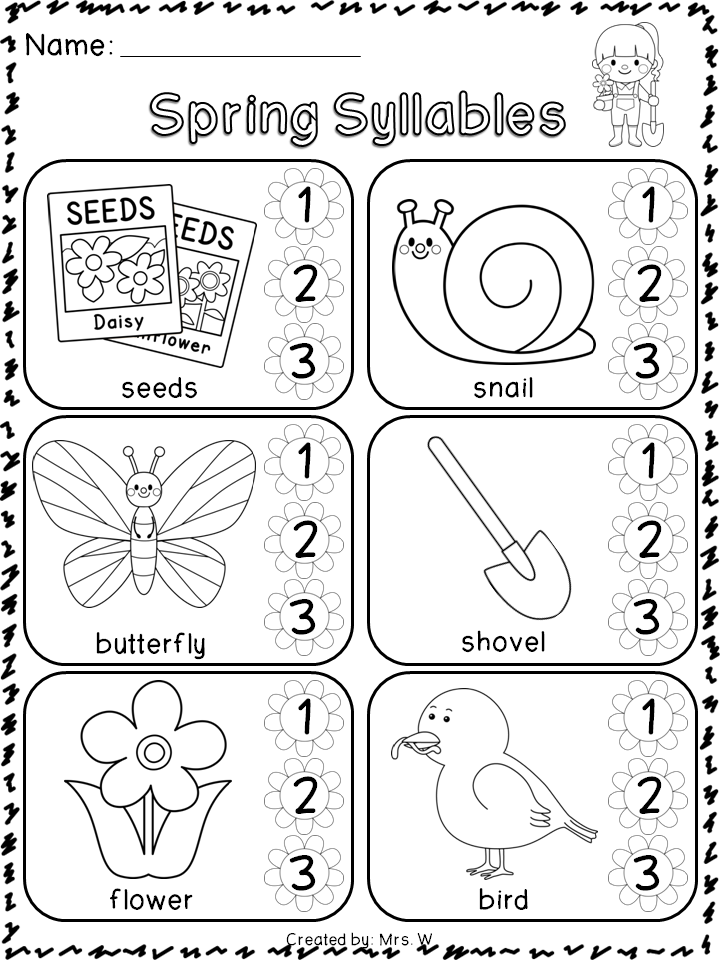 Print only the section you want.
Print only the section you want. - Play with a passage, a poem. You can read a word separately, then a phrase, then a whole syntactic unit.
- Work according to the following algorithm. First we read, then we discuss, draw, fantasize.
Jobs
After reading the texts, be sure to study the material further. This is necessary for a solid assimilation of information, the formation of meaningful reading skills. Offer preschoolers the following types of assignments for the passage:
- Brief summary.
Kindergartener should tell what he learned, what was the main information in the text. It is advisable to use the words read, to name the names of the characters, their actions. - Answer the questions.
Speech therapist, parent ask 1-3 simple questions about the material read.
If the child does not answer them, you need to read the passage together, with the adult's comments.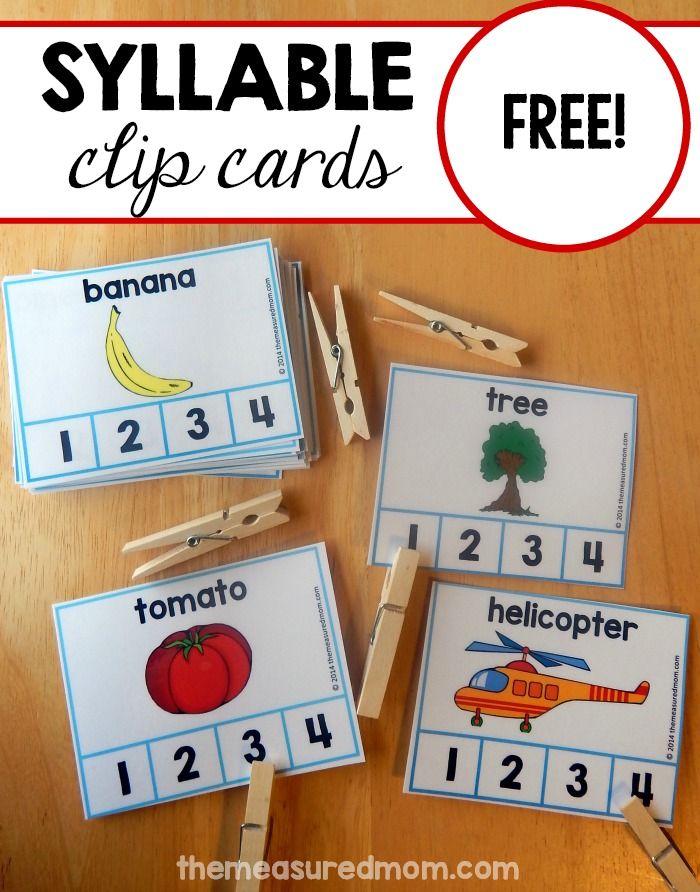
- Draw a picture.
We play illustrators. Children come up with a plot picture based on the information received from the passage, the poem. It could be homework. - What happened next?
Offer to dream up, think about what could happen to the characters next.
Reading texts with pictures and tasks:
9000
If you are preparing reading texts for children aged 6-7, then you can print entire paragraphs. For work, choose excerpts from fairy tales, short stories. With large works, you can work 2-3 lessons. Do not forget about short stories from the alphabet or primer.
- Work through the sentences in a chain, try to involve each student.
- After reading the short passage for the first time, discuss the content. If you find any misunderstandings of the information, read the passage again.
- If we read by syllables individually, different texts for reading to children of 7 years old should be printed on separate sheets.
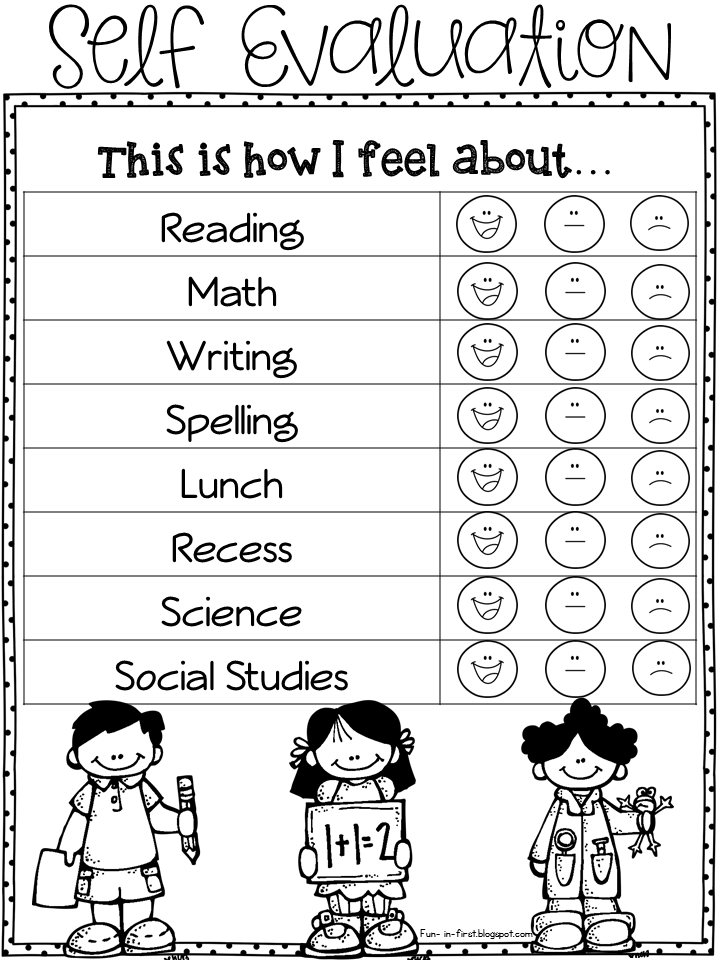
Texts with tails:
FRIENDS
Ni-ki-ta and Le-sha are friends. Together they go to kindergarten. Lesha has a sa-mo-kat. And Ni-ki-you has a ru-zhe. Not really standing, but playing. These boys are good fellows. Oh-no always de-la-tsya games-rush-ka-mi. And they never quarrel. Together we play and laugh. Ho-ro-sho friend!
ZO-LO-TOE EGG-CO
Live se-be grandfather and ba-ba and would-la have them ku-roch-ka rya-ba. He took down a ku-roch-ka egg-ko: the egg is not simple - it's golden.
Grandfather beat - beat - did not beat.
Ba-ba bi-la, bi-la - more than once-bi-la.
The mouse be-zha-la, the tail-tee-com-mah-well-la, the testicle fell-lo and broke-elk.
Grandfather and ba-ba cry-chut, ku-roch-ka ku-dah-chet:
“Don't cry, grandfather, don't cry, ba-ba!
I will bring you another egg,
Not golden – simple!”
MU-RA-WEI AND GO-LUB-KA
Mu-ra-vei went down to the brook: for-ho-tel to drink.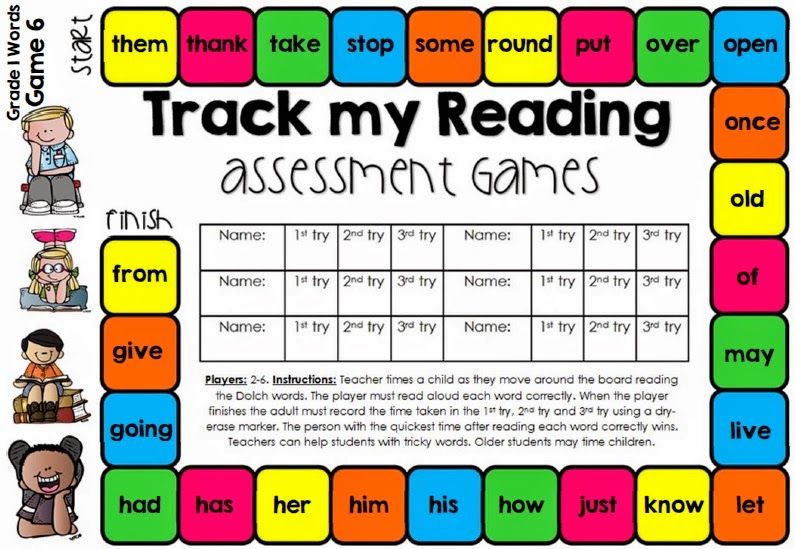 Wave-on for-whip-well-la e-th and almost in a pi-la. Go-lub-ka carried a vet-ku; o-na u-vi-de-la - mu-ra-vei then-no, and bro-si-la e-mu vet-ku in the ru-chey. Mu-ra-wei sat on a branch and escaped.
Wave-on for-whip-well-la e-th and almost in a pi-la. Go-lub-ka carried a vet-ku; o-na u-vi-de-la - mu-ra-vei then-no, and bro-si-la e-mu vet-ku in the ru-chey. Mu-ra-wei sat on a branch and escaped.
That's why o-hot-nick set up a network on go-lub-ku and wanted to clap. Mu-ra-vei crawled to o-hot-no-ku and u-ku-strength of e-go by the leg; oh-hot-nick oh-zero and u-ro-nil network. Go-lub-ka fluttered-well-la and u-le-te-la.
Pete and Mi-shi had a horse. They began to argue: whose horse. Did they tear each other's cats.
Give me, this is my horse.
No, you give me, the horse is not yours, but mine.
Mother came, took a horse, and nobody's horse became.
L. Tolstoy
Three bears.
One day Ma-sha went into the forest and got lost. Began to search to-ro-gu to my yes came to the forest from the bush. In the house of e-thom lived seven-I honey-ve-dey: the father was called Mi-hi-lo Po-ta-pych, the mother - Nas-tas-ya Pet-rov-na , and their little laziness-ko-sy-nish-ku - honey-ve-jo-nok Mi-joking-ka.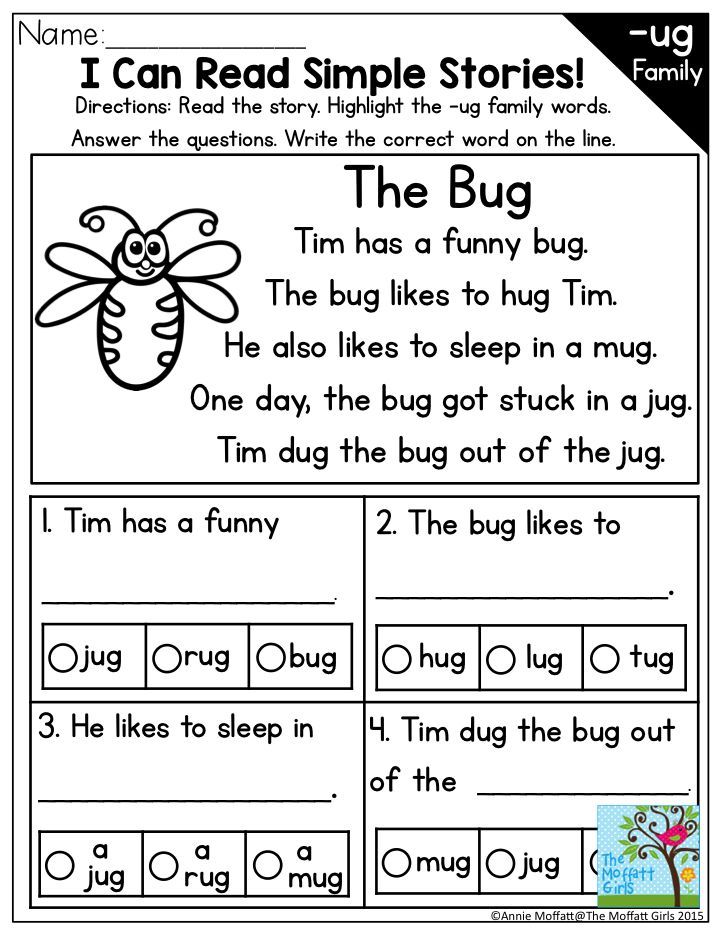 The house was empty - honey-ve-di ush-whether walking through the forest.
The house was empty - honey-ve-di ush-whether walking through the forest.
Ma-sha entered the house and had three bowls of porridge. Pain-sha-I would-la Mi-hi-lo Po-ta-py-cha, middle-ny-ya Us-tas-and Pet-rov-ny, and sa-ma-I laziness-ka-ya - M-jokes. In-pro-bo-va-la Ma-sha ka-shu from a large bowl, then from a middle one, and from a small one, Mi-joking-ki-noy, the whole shu ate.
Za-ho-te-la Ma-sha sits down and sees three stools by the hundred. Climbed o-na onto a big chair and u-pa-la; sat on the middle chair - it was not-at-ad-but; sat down on a small stool and laughed. Became-la Ma-sha ka-chat-sya on the Mi-joking-ki-ne chair-chi-ke, ka-cha-las - ka-cha-las, why didn’t he slo-ma-la!
Send-la Ma-sha to another mountain-ni-tsu. There are a hundred-I-whether three kro-va-ti. Lay down o-na in pain-shu-yu - it would be too spacious; lay down in the middle-nu-th - it would be too you-so-ko; and ma-laziness-ka-I came to her just right. Lay down Ma-sha and sleep-la.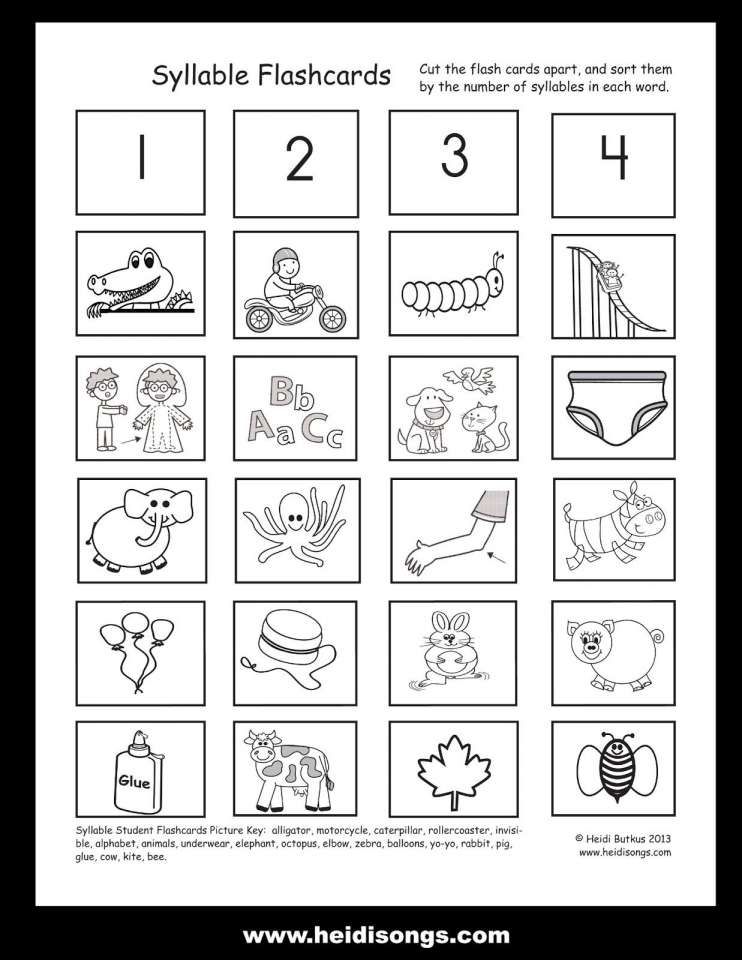
Come back to my honey-ve-di from the forest, s-o-o-o-o-o-o-o. Mi-hi-lo Po-ta-pych looked into his bowl and growled: “Who ate from my bowl?” Us-tas-ya Pet-rov-na looked-re-la at the table and for-re-ve-la: “Who ate from my bowl?” And Mi-jokingly squeaked: “Who ate my porridge and broke my chair?”
Send honey-ve-di to another mountain-no-tsu. “Who lo-lived on my bed?” - roared Mi-hi-lo Po-ta-pych. “Who lay down on my bed and crushed it?” - for-re-ve-la Nas-tas-ya Pet-rov-on. And Mi-joking-ka u-vi-del in his cro-vat-ke de-voch-ku and squeaked: “Here oh! Hold her!
U-vi-dev honey-ve-dey, Ma-sha oh-chen is-pu-ha-las. O-on you-jump-well-la in the open-then-e-ok-but and be-m-la-to-my. And honey-ve-di didn’t dog-on-whether.
The beginning of the school year is also in kindergarten. Children gradually come from holidays. Many have learned letters over the summer and begin to read a little by syllables.
Where do syllable-reading texts come from? Of course, from the primer.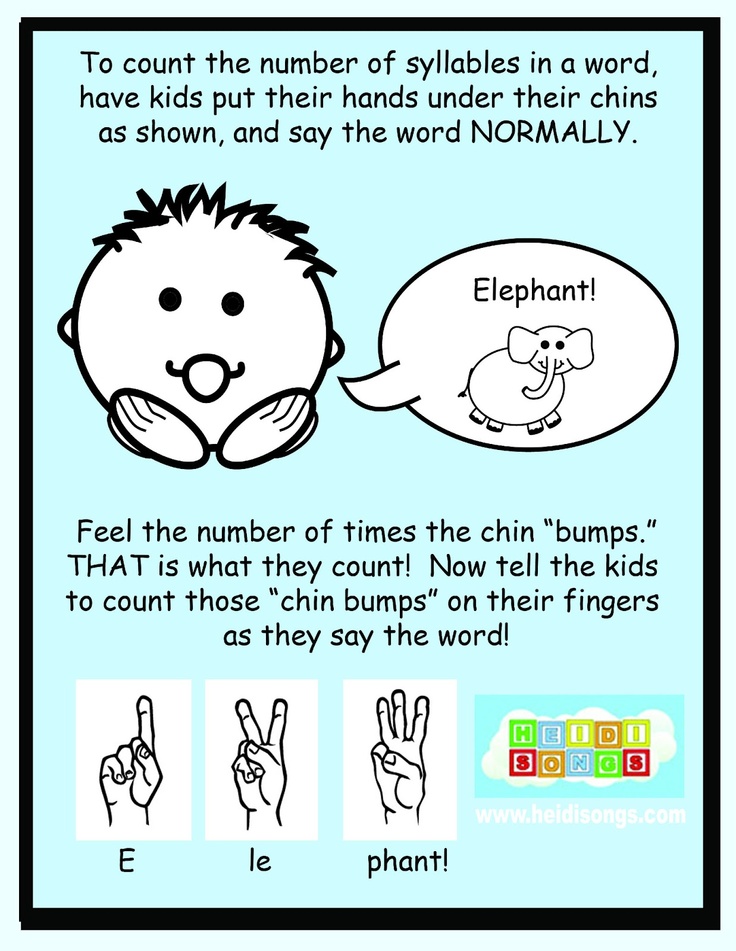 Old primers are interesting, according to which grandmothers studied. The second source is the Internet. We also prepare texts for our pupils of 5-6 years old, depending on the available skills, starting with simple and short texts. It is better to read little by little, but more often.
Old primers are interesting, according to which grandmothers studied. The second source is the Internet. We also prepare texts for our pupils of 5-6 years old, depending on the available skills, starting with simple and short texts. It is better to read little by little, but more often.
In the first syllable-reading texts, each sentence starts on a new line. This makes it easier for children to read the text. The first texts to read by syllables should be printed large.
It is useful to accompany them with coloring pages, which is a familiar activity for preschoolers. Tasks are like this.
- First you need to read to your mother, grandmother or someone else.
- Colorize.
- Sign items in the picture.
Why write words? When a child reads, hearing and vision interact. When writing, - auditory (I pronounce), visual (I fix the image of the word) and motor analyzers.
In addition to narrative texts, it is useful to use short simple verses for reading by syllables.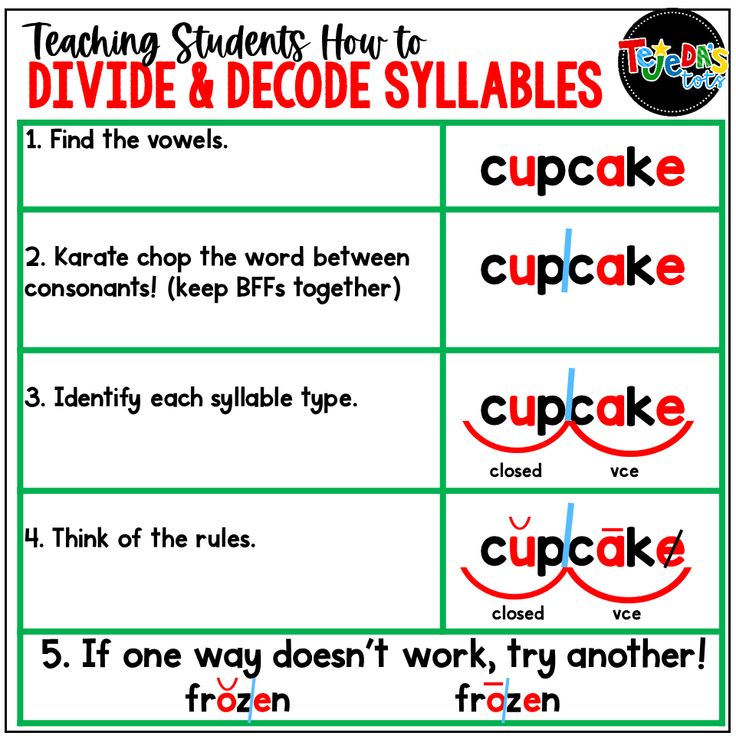
How to prepare texts for reading by syllables?
Parents teaching their child to read can prepare the material themselves. You need to know the following. Texts for reading by syllables may look different. It all depends on how we divide the word into syllables.
1. Divide words into syllables as in the primer with hyphens (short horizontal lines). Below, several texts are divided into syllables in this way.
2. Words are divided into syllables by vertical lines.
3. Syllables are marked from below with arcs.
Something like this. It is better to start with the first option with hyphens. The first texts should be very simple in content, as below, gradually getting more complicated.. First, you give a picture for coloring. And then the kid draws himself according to the meaning of the text. Reading texts can also be downloaded from our website. Just prepare them in one of the ways suggested above.
Reading texts by syllables
That's the cat Ku-za.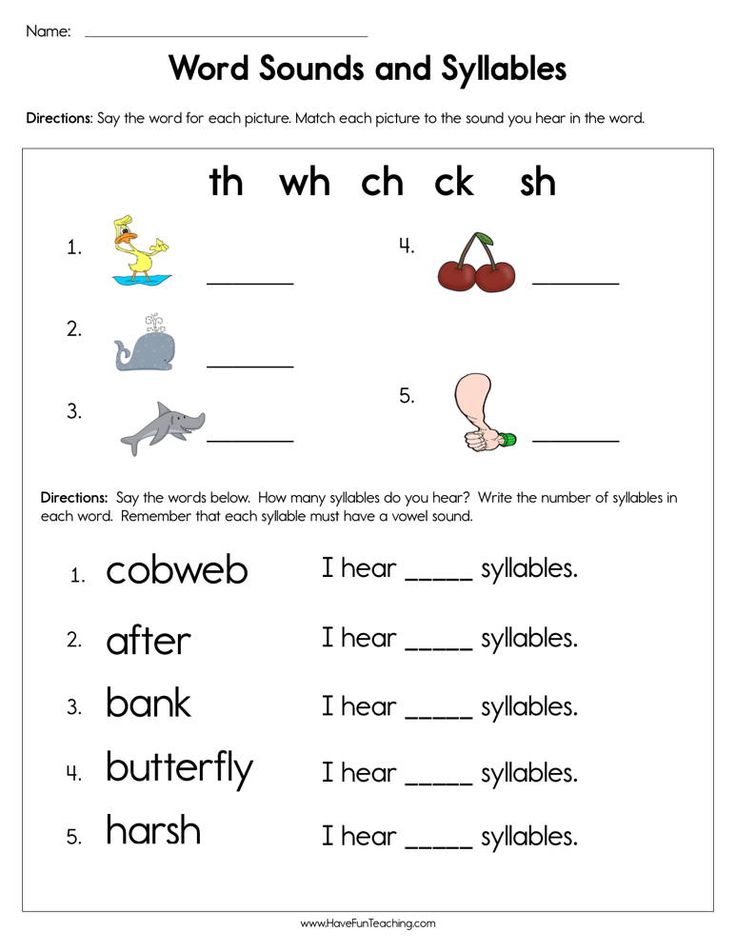
At night Ku-zya lo-vil mice.
That's why the cat was sleeping on di-va-ne.
And we are si-de-li in the hole.
- Cat's name?
- What are his actions?
- Why did mice sit in a mink?
Fishing.
Sa-ni had a daughter.
Sa-nya on-ko-fell cher-wei.
He went to the river.
There are fish in the river.
Sa-nya lo-vil fish-boo.
- Boy's name?
- What did he do?
- How many fish did you catch?
De-re.
E-de-re-vo.
At the de-re-va trunk.
At de-re-va sheet.
At the de-re-va vet-ki.
Question. Na-zo-vi de-re-vo.
Ko-ro-va.
Ko-ro-wa eats se-no.
Ko-ro-wa yes mo-lo-ko.
Ma-sha love-beat mo-lo-ko.
Ma-sha loves ka-shu.
Ma-sha has ru-my-cheeks.
Question. Why does Masha have rosy cheeks? (For some reason, all mothers thought about diathesis)
In the forest.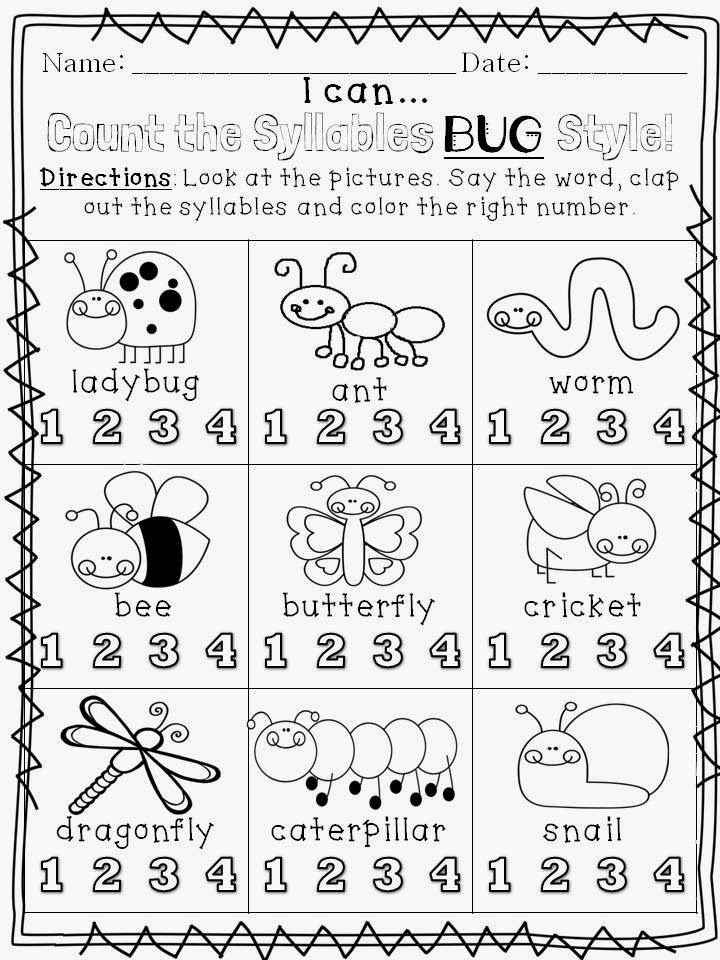
De-ti went to the forest.
They co-bi-ra-li ma-li-nu.
Next to the house for-thre-shcha-whether bushes.
De-ti is-pu-ha-lis.
And from the bushes you-be-zh-la so-ba-ka Zhuch-ka.
Everyone has become ve-se-lo.
- Where did the children go?
- What were they doing in the forest?
- Who scared the kids?
Summer
Summer is red.
Why is it o-but red?
Red-no-e, means beautiful.
Ze-le-ny-e-le-sa.
Go-lu-bo-e no-bo.
Bright colors.
Beautiful.
Na-ri-sui le-to.
- Why is summer red?
- What forests?
- What a sky
- What flowers?
- Why do you like summer?
Ko-lo-kol-chi-ki
Ko-lo-kol-chi-ki-le-you-flowers.
What's-o-o-o-o-o-o-o-o-o-e?
It's because they are here in the field and on the meadow.
Ko-lo-kol-chi-ki si-ni-e
Li-za gu-la-et in the meadow.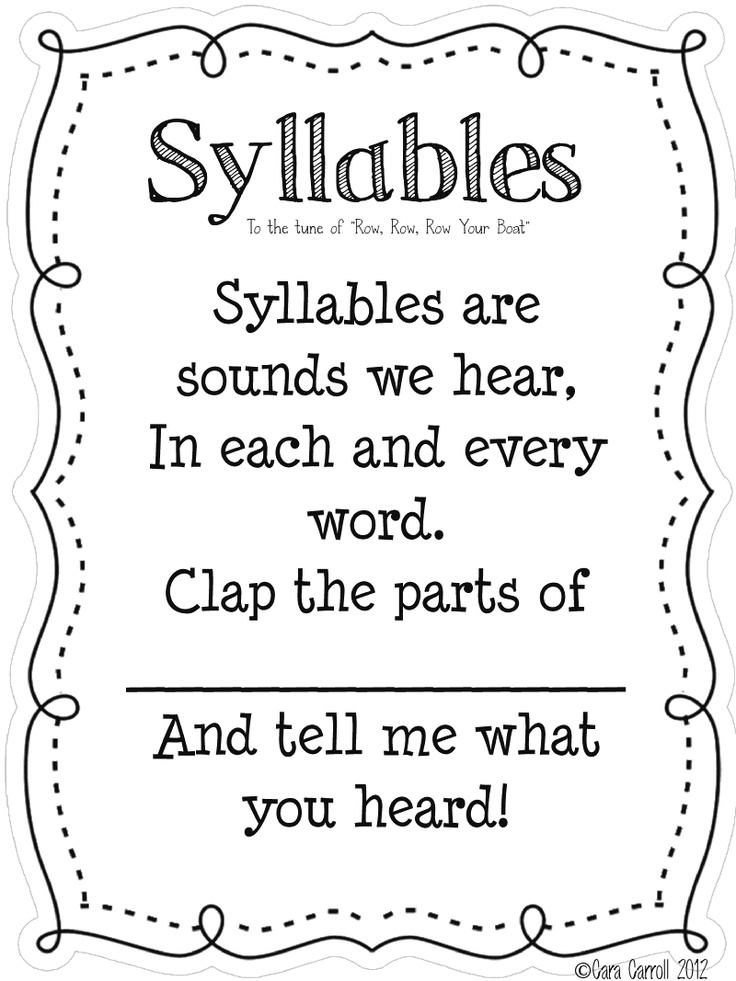
Li-za co-bi-ra-et ko-lo-kol-chi-ki.
Li-za has a v-ma v-za.
There ko-lo-kol-chi-ki.
Na-ri-sui ko-lo-kol-chi-ki.
- Why bluebells wild flowers?
- What color are the bells?
- Where does Liza walk?
- Where will Liza put the bells at home?
The first texts. Teaching reading to preschool children. | Material (senior group):
Posted on 26.01.2020 - 15:09 - Valkova Natalya Viktorovna
Mastering reading is an important and crucial moment in the development of a child. The love of reading depends on how quickly and easily the child will comprehend what he read. Light texts contribute to the development of meaningful reading.
Download:
Preview:
Age features of preschoolers
Kindergarteners after 5 years are very active, mobile, inquisitive. They rapidly grow up, grow wiser, develop physically and mentally.
When preparing for school, teaching reading by syllables, parents and teachers should pay attention to the following age characteristics of 4-7 year old kids:
- The main need of kindergarteners is communication, games.
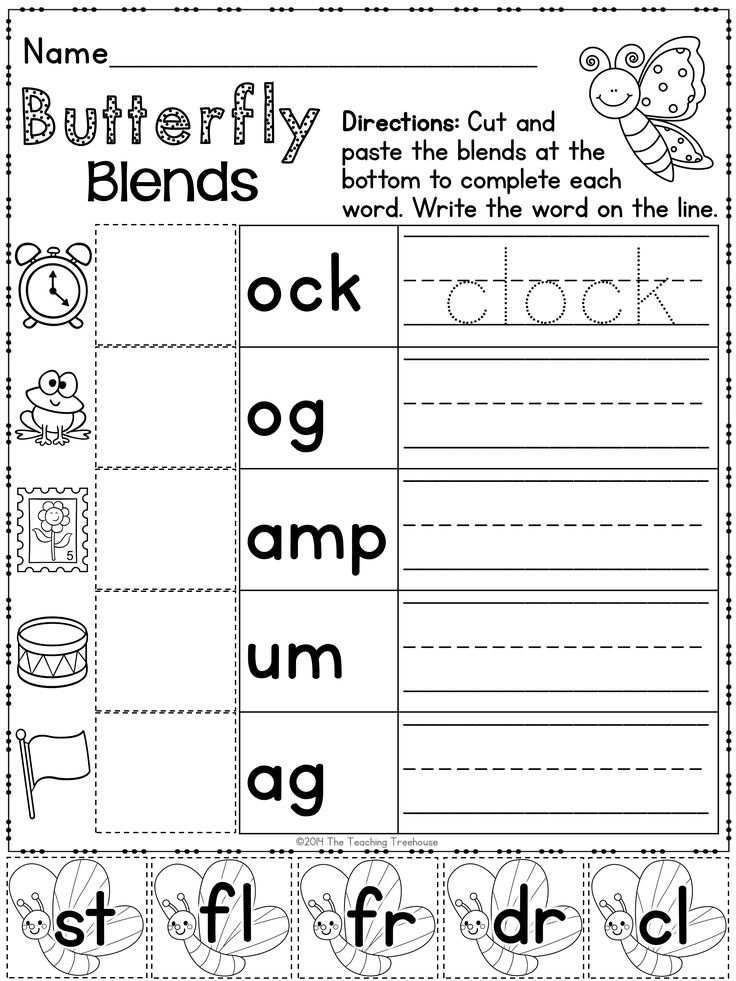 Children ask a lot of questions to adults, themselves, peers. Learn by playing.
Children ask a lot of questions to adults, themselves, peers. Learn by playing. - The leading mental function is imagination, fantasy. This helps to show creativity.
- Emotions, impressions, positive experiences are important for further development, the desire to continue activities. Kindergartener 5-7 years old needs praise, support, lack of comparison with other children.
- Cognitive processes are actively developing: attention, memory. At 5-7 years old, preschoolers can remember and analyze a large amount of information. But you need to give it in doses, trying not to overload the children's brain in one lesson.
- Speech becomes more developed. At the age of 5, the kid speaks in complex sentences, can pick up several synonyms for one word, knows a lot of poems, riddles, and several fairy tales by heart.
- Kindergartener wants to learn new things and learn. The kid is spurred on by curiosity, he is interested in everything new, unknown.
How to work with texts
Reading poems, short stories for a preschooler is a new kind of work.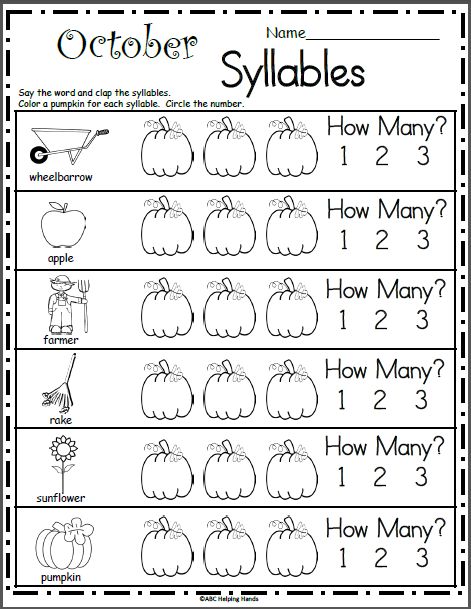 The difficulty of completing the reading task lies in the fact that the kindergartener does not always understand the meaning of the passage. To avoid this, you need to approach the choice of material and methods of its processing correctly. Build the learning process as follows:
The difficulty of completing the reading task lies in the fact that the kindergartener does not always understand the meaning of the passage. To avoid this, you need to approach the choice of material and methods of its processing correctly. Build the learning process as follows:
- Match the handouts to the student's age. For kids 4-5 years old, cards of 1-3 sentences, for older preschoolers - 4-5 sentences.
- Pay attention to the number of words in the sentences. There should be few of them. Simple texts for reading for preschoolers are easier to digest, but you can’t stay at an easy level for a long time.
- Move on to working with text cards after automating syllabic reading.
- Read in a chain in a group or together with adults in individual work.
- Don't rush your child. At the learning stage, reading comprehension is important, not the speed of reading and the amount of time spent.
|
|
|
|
|
|
|
|
|
|
|
|
|
|
|
|
on the topic: Methodological development, presentations and notes
Teaching of preschool children
This material will help parents to start the early readings of children of pre -school children.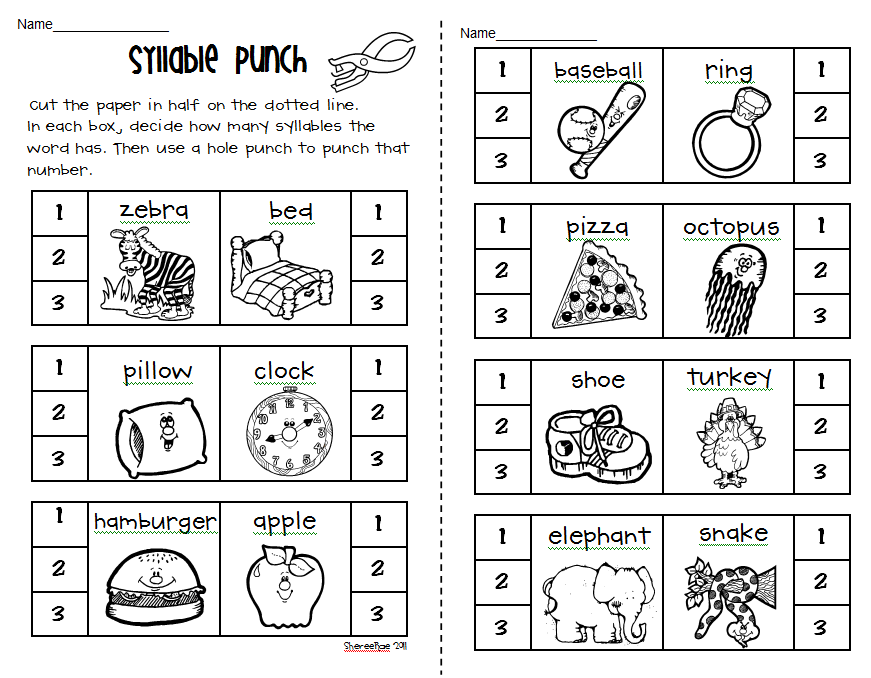 Organize this process in an interesting game form....
Organize this process in an interesting game form....
Working program of the circle for teaching reading to preschool children with elements of the technology "Zaitsev's Cubes" N.A. Zaitseva
The work program of the circle for teaching reading to preschool children with elements of technology "Zaitsev's Cubes" by N.A. Zaitsev ...
Games for teaching reading to preschool children
Is it necessary, when preparing children for school, to teach them to read, write and count? Parents are increasingly convinced that these skills will make it easier for their child to start school life. But how can one make sure that teaching reading is not...
ICT in teaching reading to preschool children as part of additional educational services.
ICT in teaching reading to preschool children within the framework of additional educational services....
Additional general educational general development program for early teaching reading to preschool children (project) "How to be able to read well.
